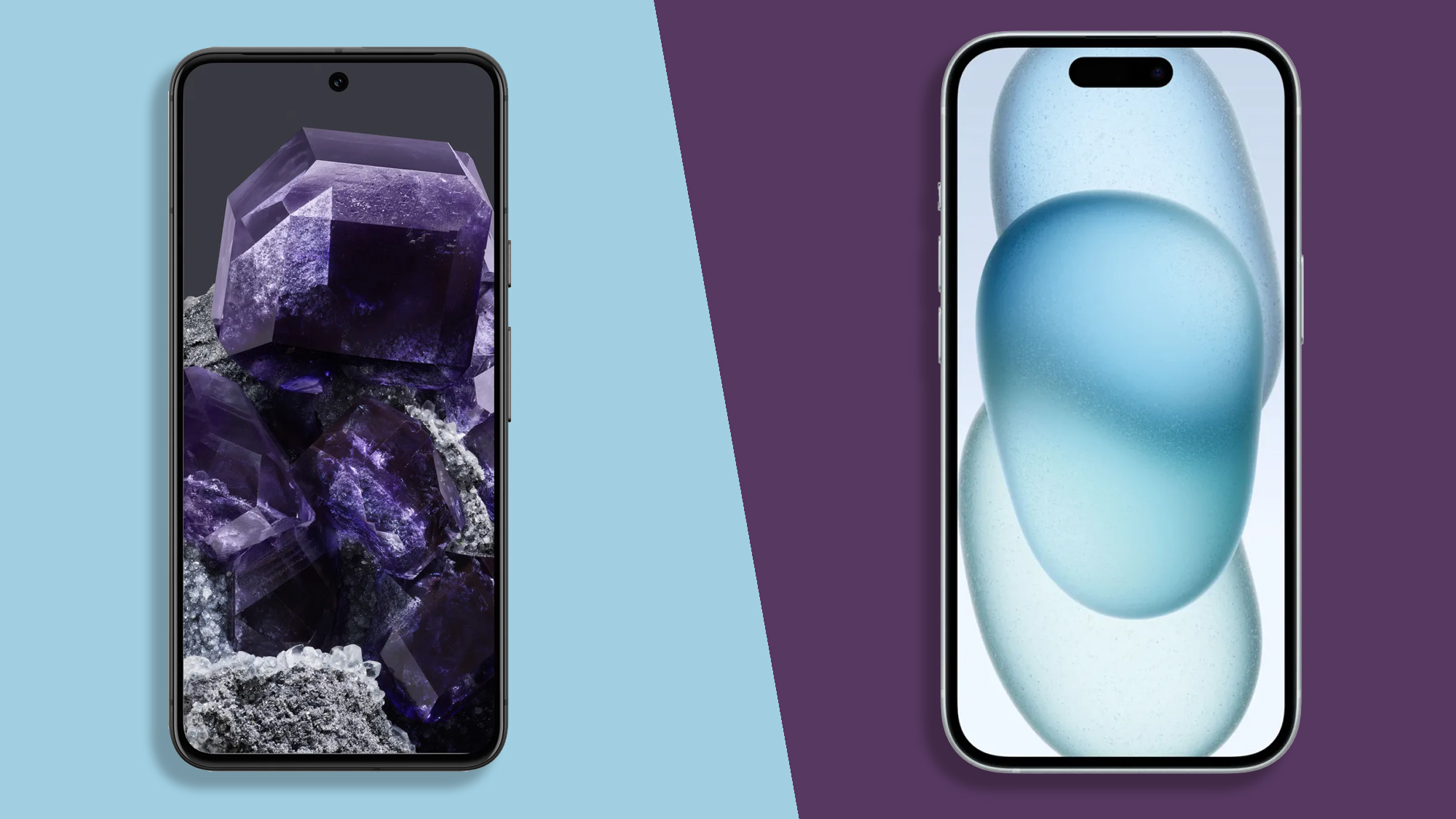
Weight: 187g
Dimensions: 150.5 x 70.8 x 8.9mm
Screen size: 6.2-inch
Resolution: 1080 x 2400
Chipset: Google Tensor G3
RAM: 8GB
Storage: 128GB/256GB
Battery: 4,575mAh
Rear camera: 50MP+12MP
Front camera: 10.5MP
The Google Pixel 8 has most of the core features of the Pixel 8 Pro, including AI tricks, a 50MP main camera, a Tensor G3 chipset, and a 120Hz screen. But it lacks a telephoto camera, and its screen and battery also aren't quite a match for Google's top phone.
For
- New Tensor chip
- Refreshed design
- AI camera tricks
Against
- Design changes are minor
- Minimal camera upgrades
- No temperature sensor
Weight: 171g
Dimensions: 147.6 x 71.6 x 7.8mm
Screen size: 6.1-inch
Resolution: 1179 x 2556
CPU: A16 Bionic
RAM: 6GB
Storage: 128GB/256GB/512GB
Battery: 3,349mAh
Rear camera: 48MP+12MP
Front camera: 12MP
The iPhone 15 has the same chipset as the iPhone 14 Pro Max as well as a Dynamic Island, and it even betters that phone with a USB-C port, but it lacks a telephoto lens, has a smaller battery, and just a 60Hz refresh rate display.
For
- Dynamic Island
- 48MP main camera
- A16 Bionic chipset
Against
- No zoom lens
- 60Hz refresh rate
- Can run a little hot
Android versus iOS is a battle that has raged for the past 15 years, and the current avatars of those major mobile platforms are the Google Pixel 8 and the Apple iPhone 15.
Sure, there are Pro upgrades for both of those phones on the market. But at nigh-on $1,000/£1,000, the Google Pixel 8 Pro and iPhone 15 Pro aren’t truly mainstream propositions. The Google Pixel 8 and the iPhone 15, on the other hand, give you flagship features at a price that a lot more people will be willing and able to pay.
Another way to look at this fascinating face-off is that these are two of the best small flagships on the market. Not many other phones combine compact form factors with top-notch feature-sets – though we should issue a special shout out to the Galaxy S23 and the Xiaomi 13.
Perhaps, then, we should simply boil it down to one simple question: which phone is better; the Google Pixel 8 or the iPhone 15? We’ve tested both extensively, and we reckon we can provide a definitive answer for you.
Google Pixel 8 vs iPhone 15: specs comparison
Before we get to an in-depth breakdown of how these two phones compare, here’s a brief overview of their key specs.
Google Pixel 8 vs iPhone 15: price and availability
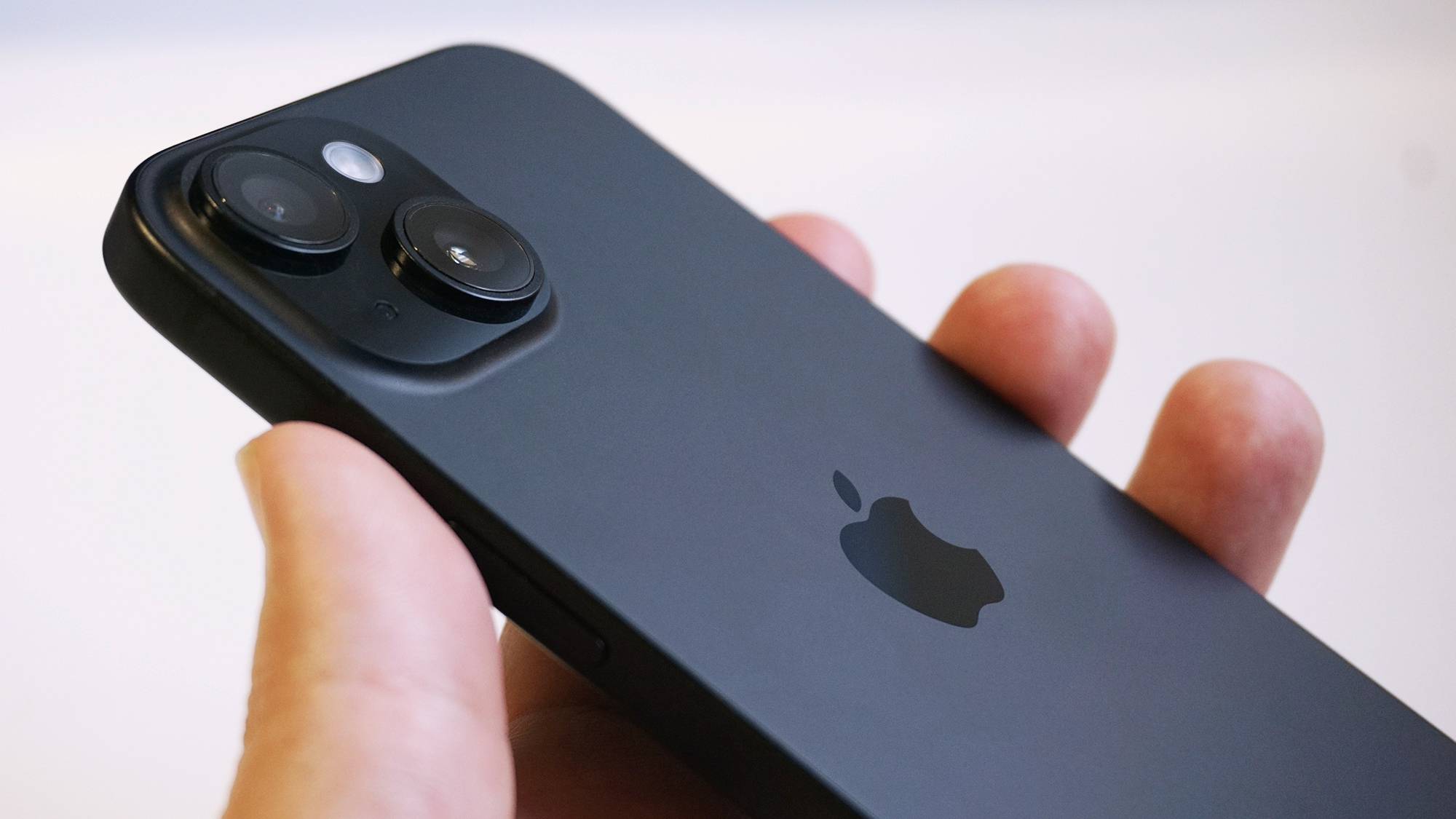
These two phones launched within a month of one another, with the iPhone coming to market on September 12, 2023, and the Pixel 8 following soon after, on October 4.
The Google Pixel 8 is comfortably the cheaper phone of the two, with prices starting at $699 / £699 / AU$1,199 for the 128GB model. There’s just a single upgrade option, which is a 256GB variant at $759 / £759 / AU$1,299.
Apple charges between $100 / £100 and $140 / £140 more for the iPhone 15. The entry-level 128GB model costs $799 / £799 / AU$1,499, while the 256GB model will set you back $899 / £899 / AU$1,699.
One advantage of the iPhone 15 is that you also get a 512GB option. It’ll cost you a not-inconsiderable $1,099 / £1,099 / AU$2,049, but it’s nice to have the choice if you like to store a lot of files locally.
Google Pixel 8 vs iPhone 15: design and display
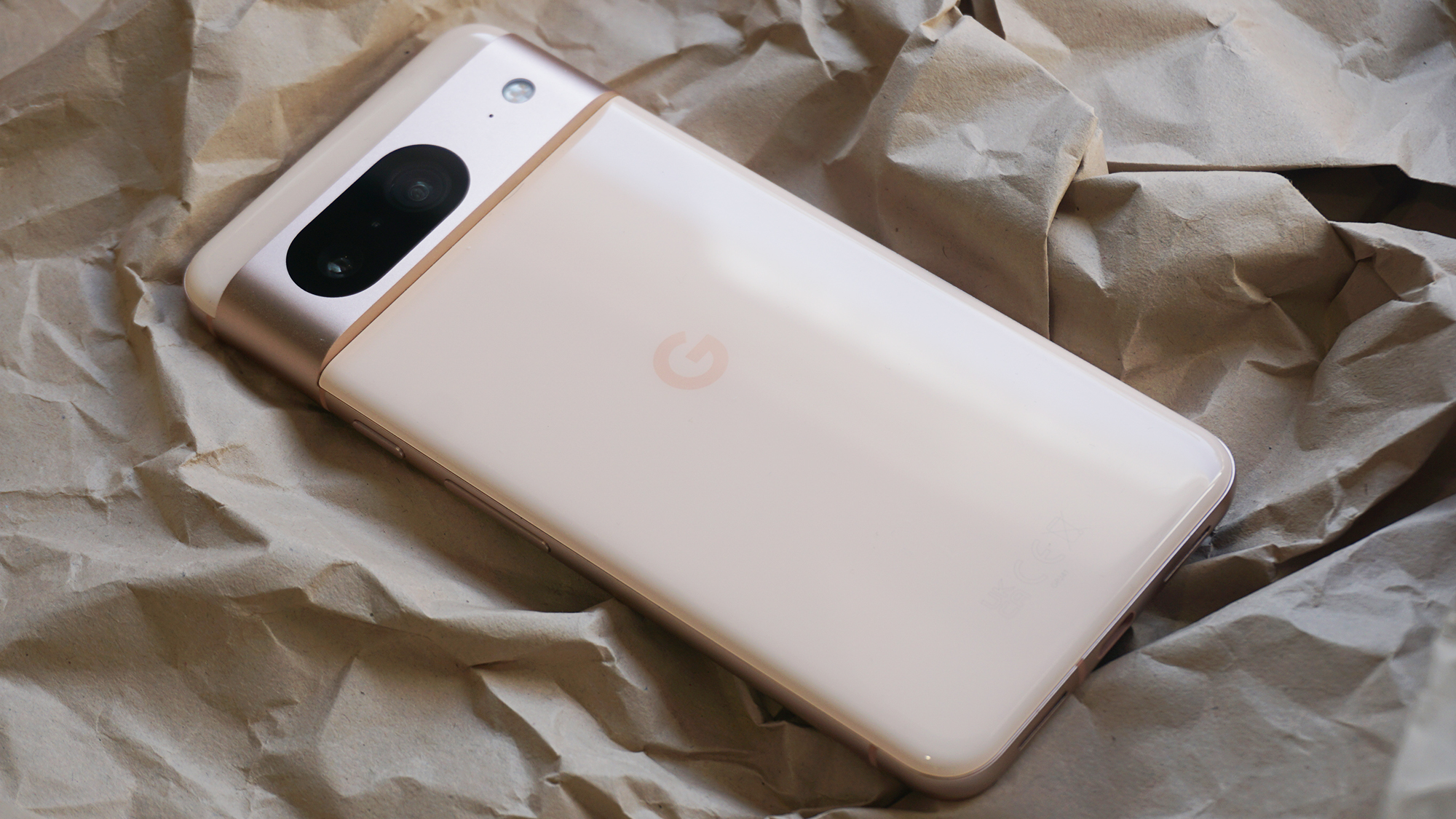
While Google and Apple have undoubtedly borrowed liberally from each other over the years, it’s satisfying to note that they’ve found their own distinct design languages.
In terms of sizing, the iPhone 15 is fractionally wider than the Pixel 8, but is otherwise shorter, slimmer, and lighter than its rival. Both phones now feature USB-C ports on their bottom edges, and both have IP68 water resistance ratings.
The Pixel 8 is an altogether rounder and ‘softer’ device, with an iconic camera bar that spans the width of its back before melting away into a curved aluminum side frame. It sits in the hand very nicely indeed, while that camera module provides a nice groove on which to rest your finger.
Apple’s design language is much more industrial, all flat surfaces and right angles. It’s softened things up a bit on that front, with the edges now yielding to the barest hint of a curve. While the rear of the iPhone is nowhere near as distinctive as the Pixel’s, Apple has introduced a nice new color-infused all-in-one glass panel that makes it look very classy overall.
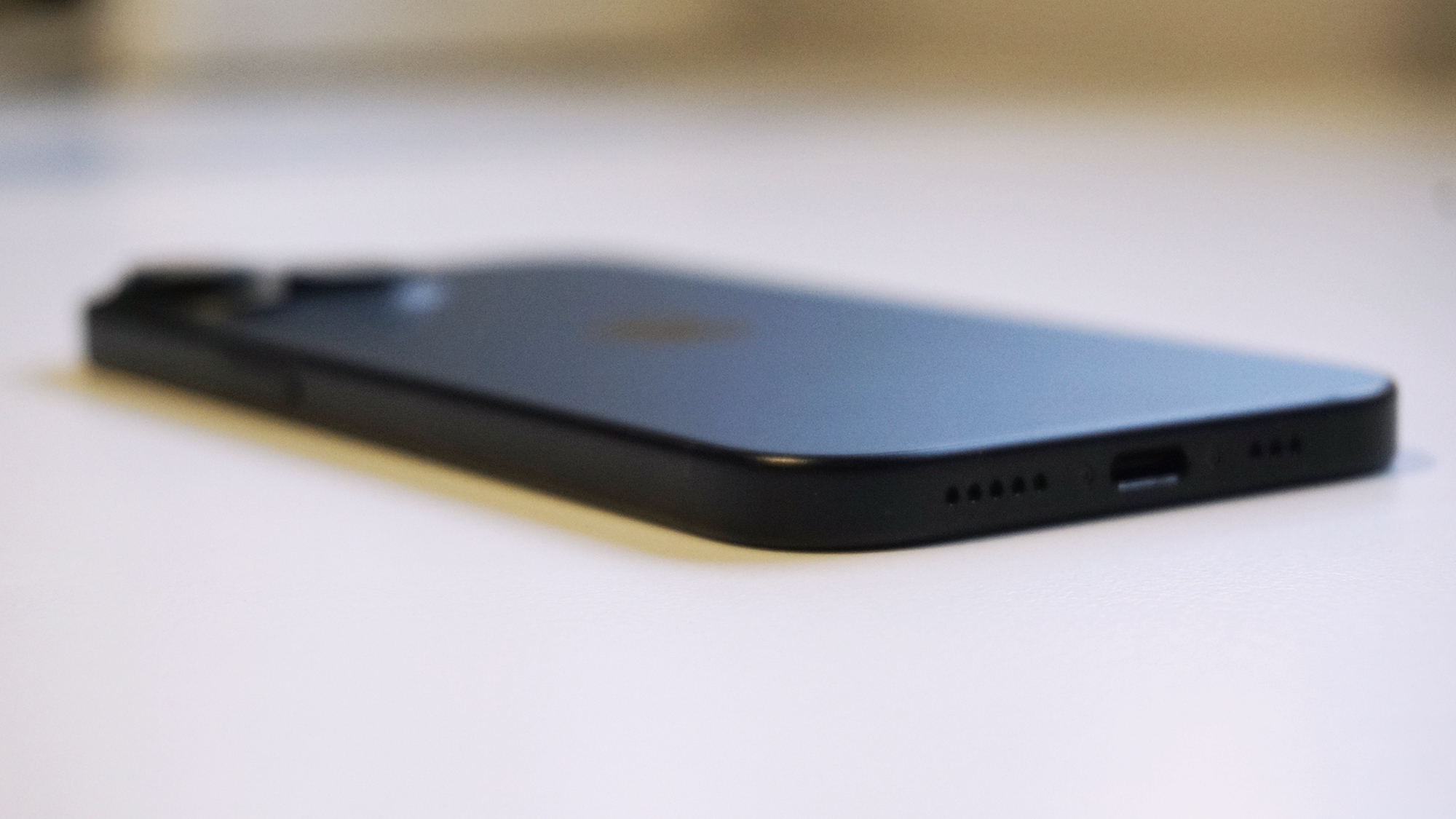
Around front, the iPhone 15 certainly stands out more with its new Dynamic Island notch. On the one hand, this takes up more space than the Pixel 8’s hole punch selfie camera. On the other hand, Apple’s chunky solution offers a lot more functionality.
True, the Pixel 8 re-introduces facial recognition, and it’s apparently much more secure than previous software-based facial authentication systems. It can’t hold a candle to Apple’s Face ID for sophistication or security, though.
The Dynamic Island also introduces a new UI element that conveys information about your next Uber, navigation instruction, currently playing music and more.
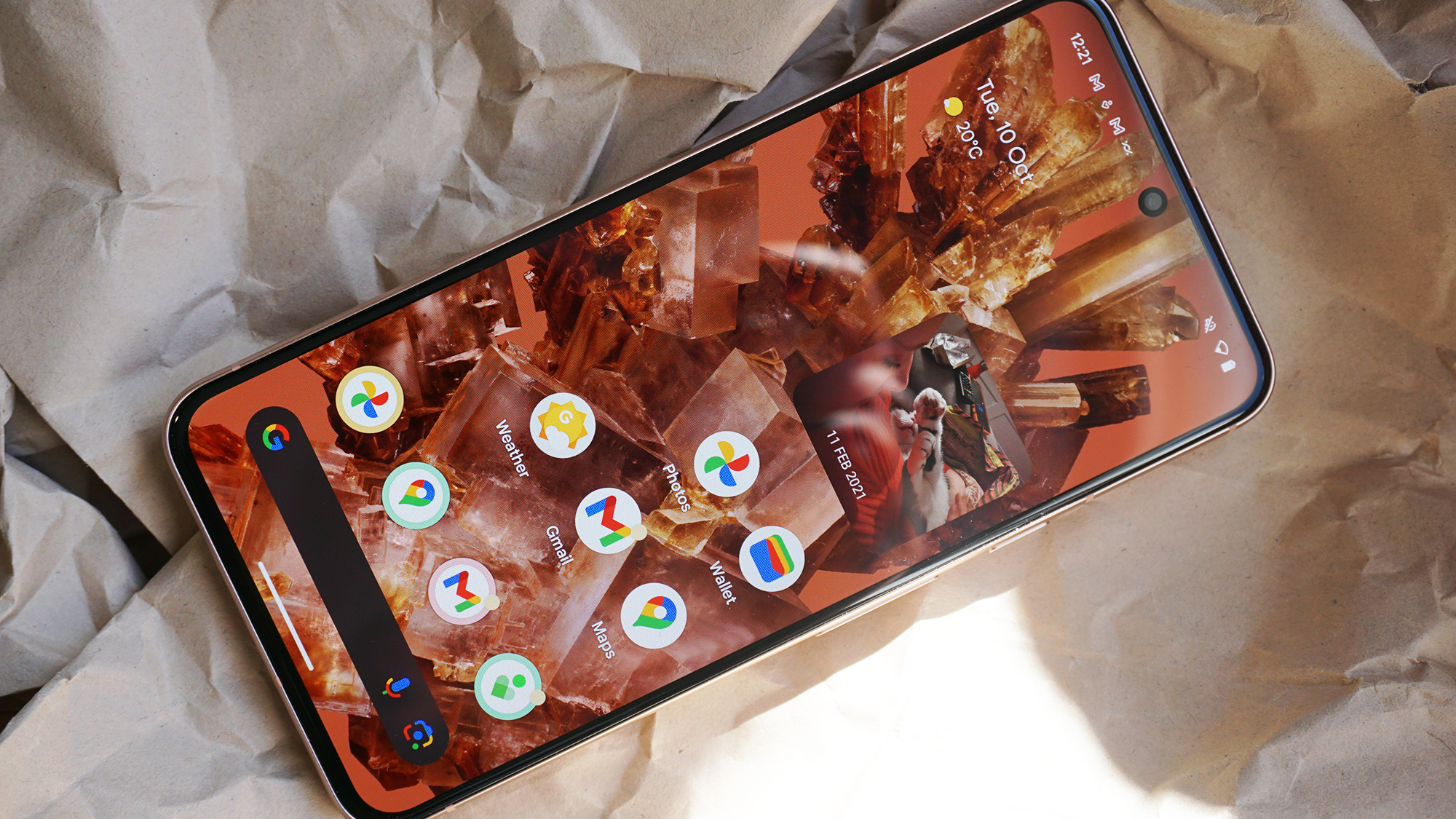
As for the displays themselves, there isn’t a great deal in it, but we’d have to give the nod to the Pixel 8. At 6.2 inches, it’s fractionally larger than the 6.1-inch iPhone screen. Conversely, at 1080 x 2400, it doesn’t get quite as sharp as the iPhone 15’s 1179 x 2556 output.
Both phones get extremely bright, with an identical 2,000-nit peak claimed by both manufacturers. However, the Pixel 8 steals this section at the very end with a full 120Hz refresh rate. Apple still deems this a Pro feature, which leaves the iPhone 15 on a measly 60Hz.
Google Pixel 8 vs iPhone 15: cameras
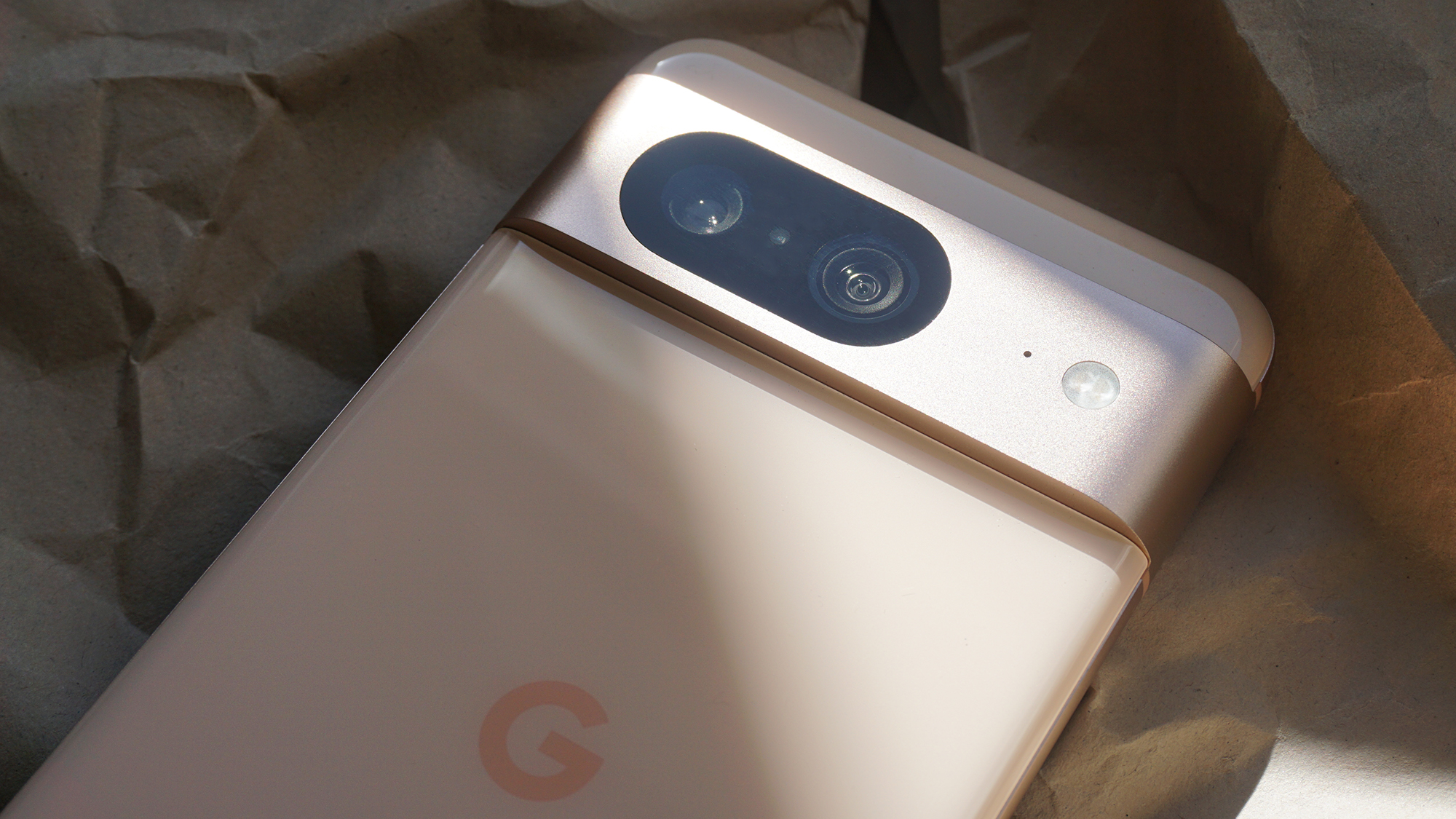
Both of these phones ditch the dedicated telephoto cameras of their Pro big brothers, instead focusing on accomplished dual-camera set-ups, that still render them among the best camera phones out there.
With the Pixel 8, that means a 50MP main sensor and a 12MP ultra-wide, while the iPhone 15 goes with a 48MP main and a 12MP ultra-wide.
The Pixel 8's main sensor is slightly larger at 1/1.31-inch, compared to the iPhone 15’s 1/1.56-inch equivalent. Conversely, the iPhone 15 packs in a slightly wider f/1.6 aperture (vs f/1.7 on the Pixel), as well as an advanced sensor-shift OIS (optical image stabilization system), by comparison, the Pixel 8 just has plain old OIS.
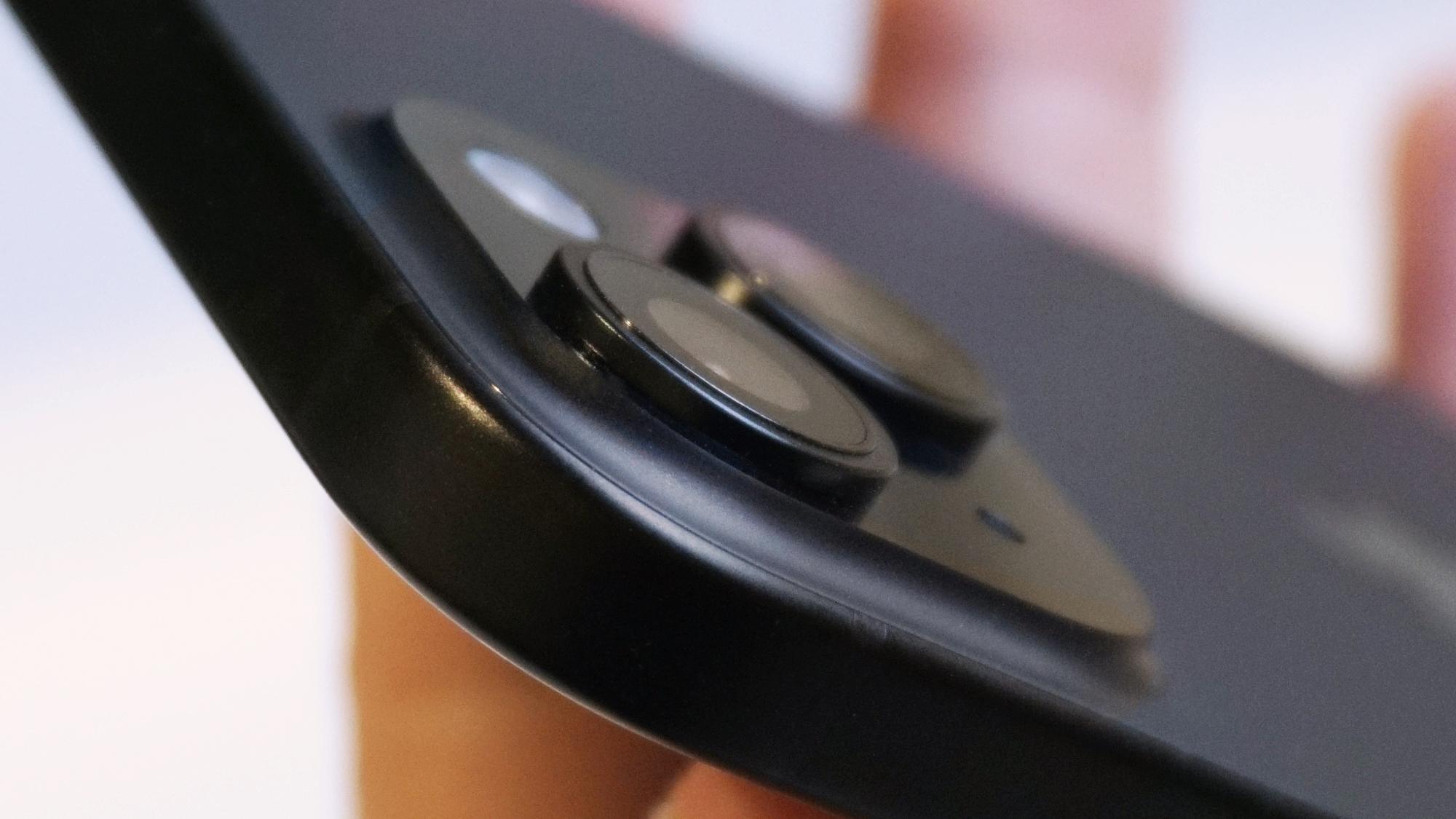
This means that these two phones take different hardware approaches to securing sharp, well-exposed shots, even in challenging lighting conditions. Both manage to achieve great final images on their own terms.
They might both have 12MP sensors, but the Pixel 8’s ultra-wide has a bit of an edge on its iPhone counterpart, through the addition of autofocus. This has the bonus of enabling the Pixel to use its ultra-wide for macro shots.
Google Pixel 8 camera samples


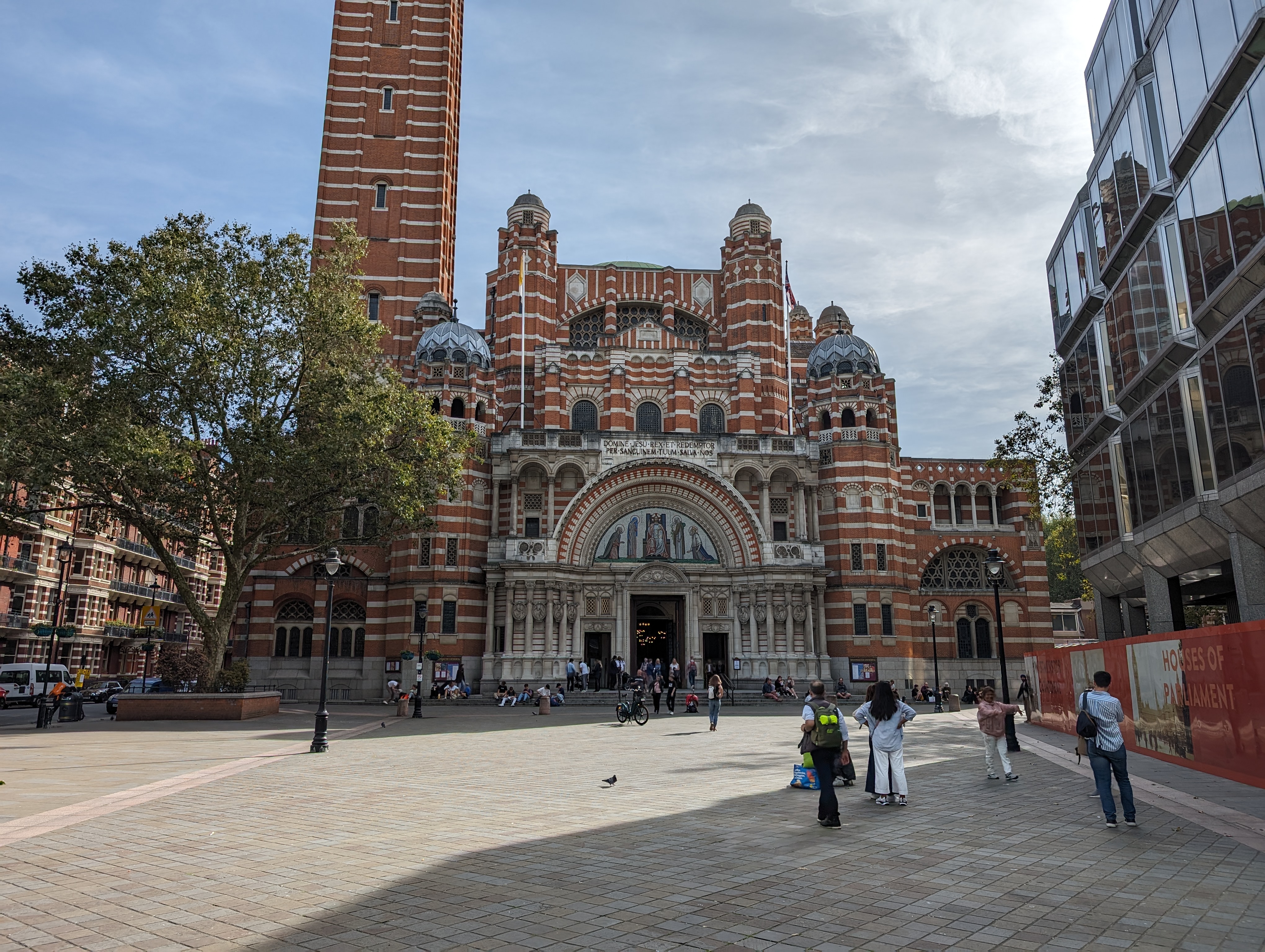


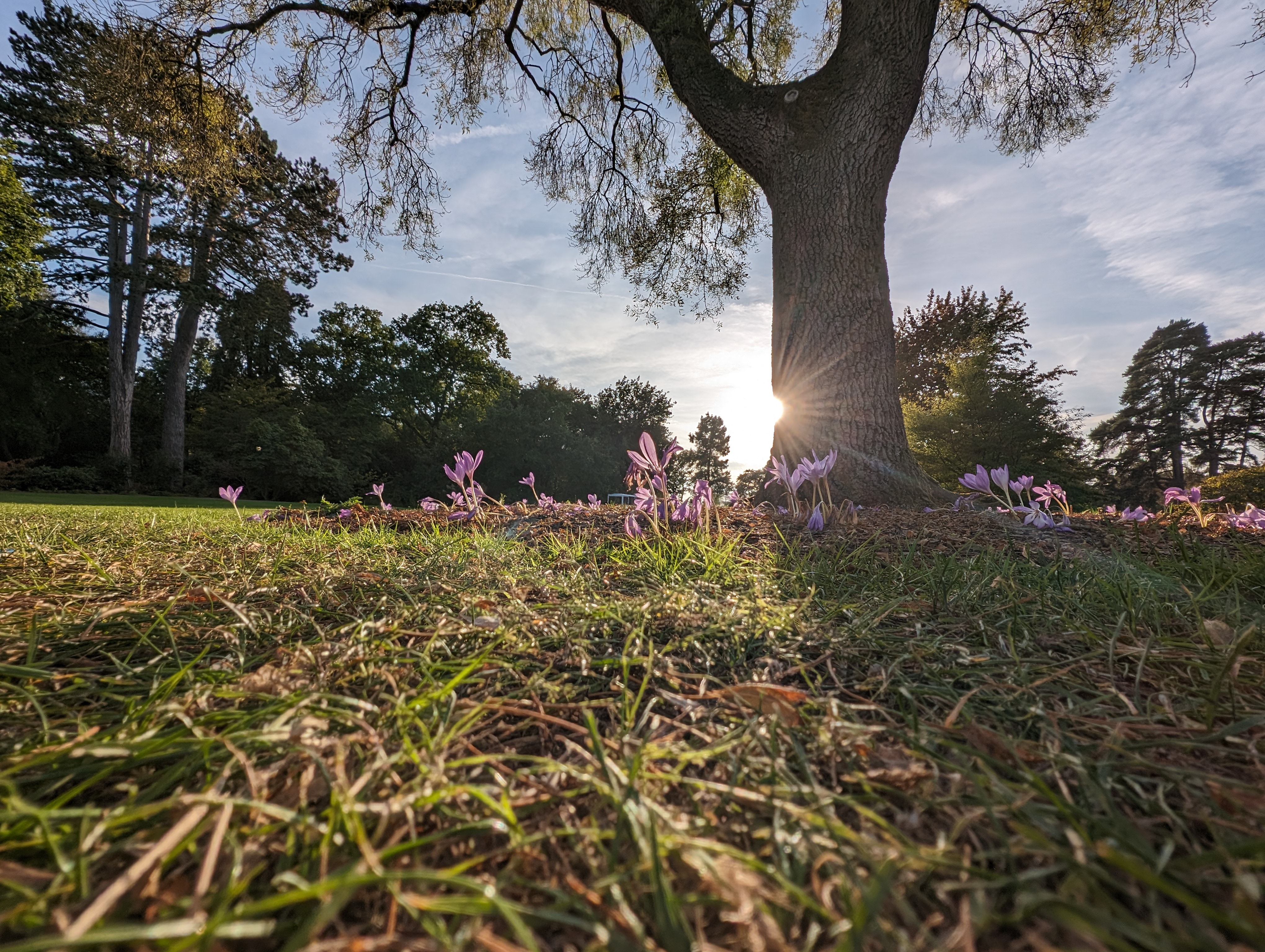
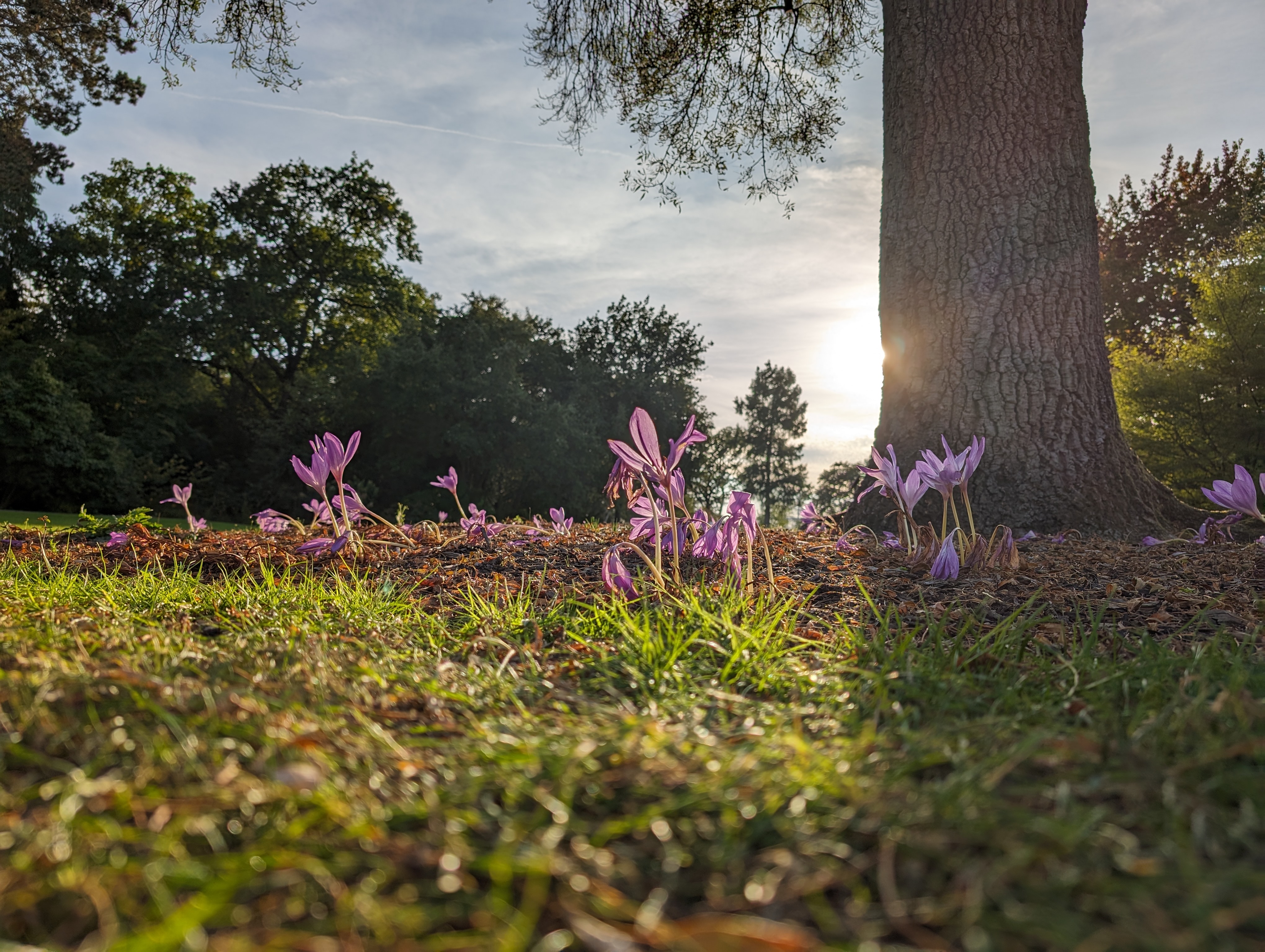
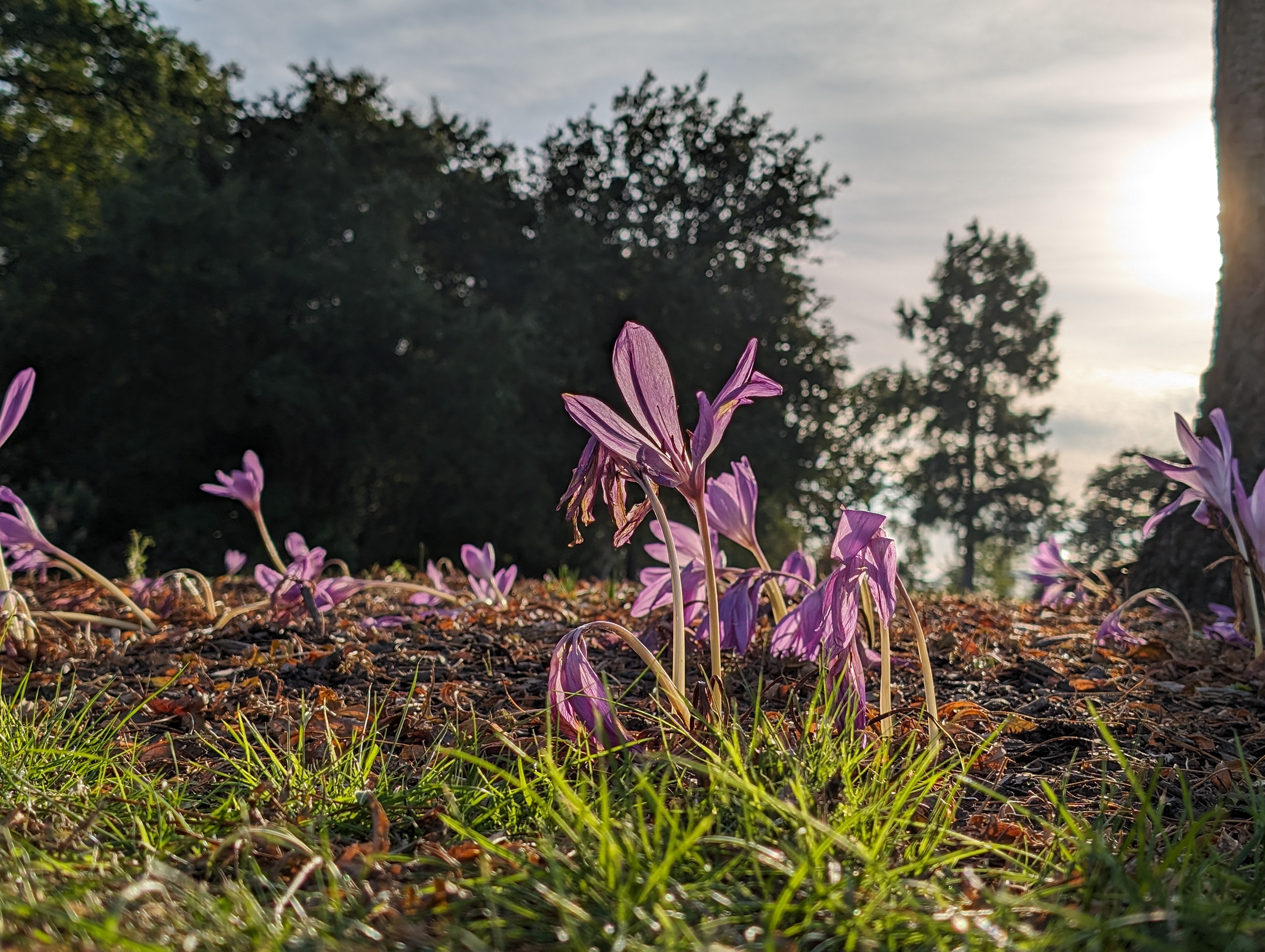

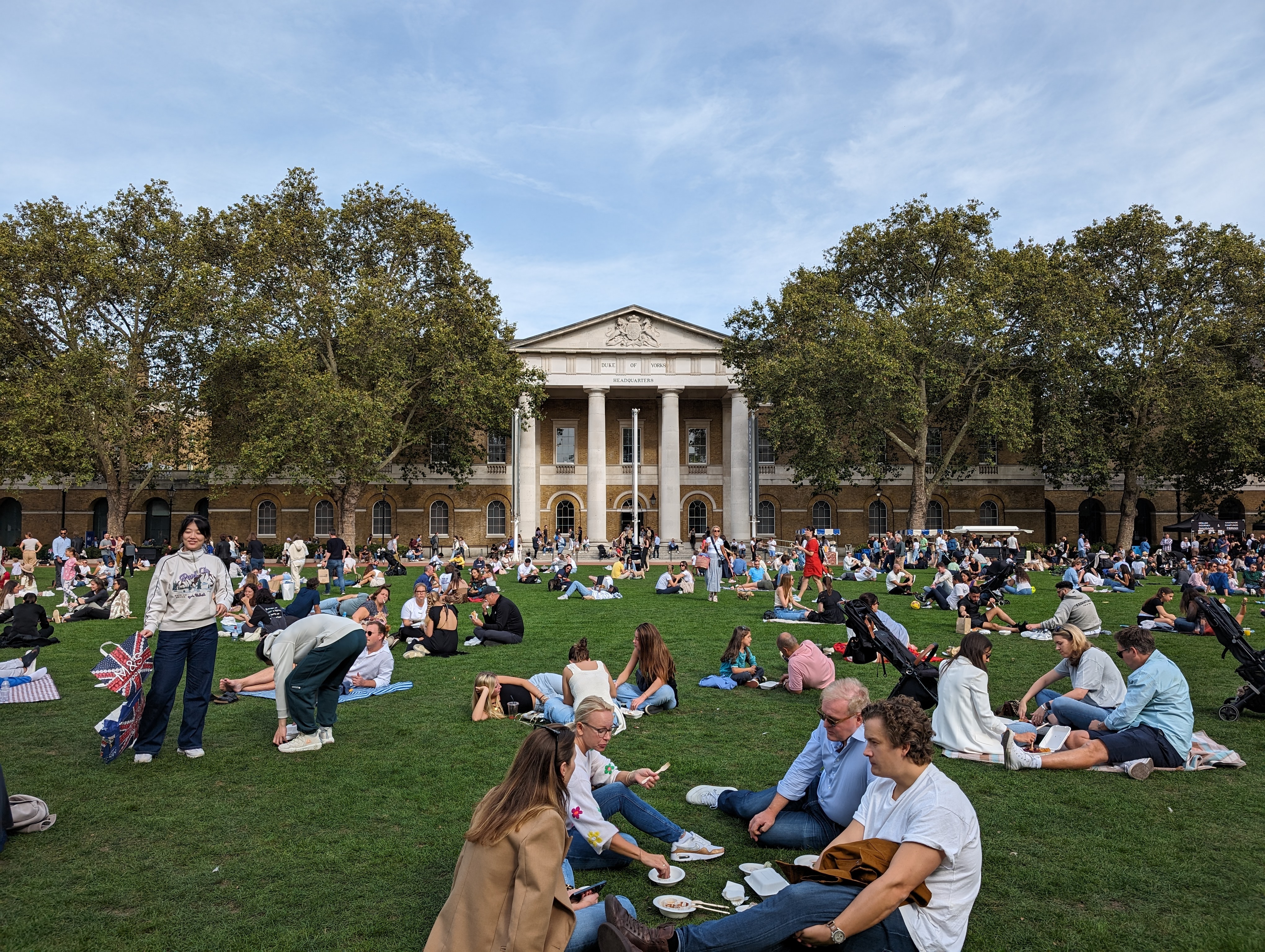
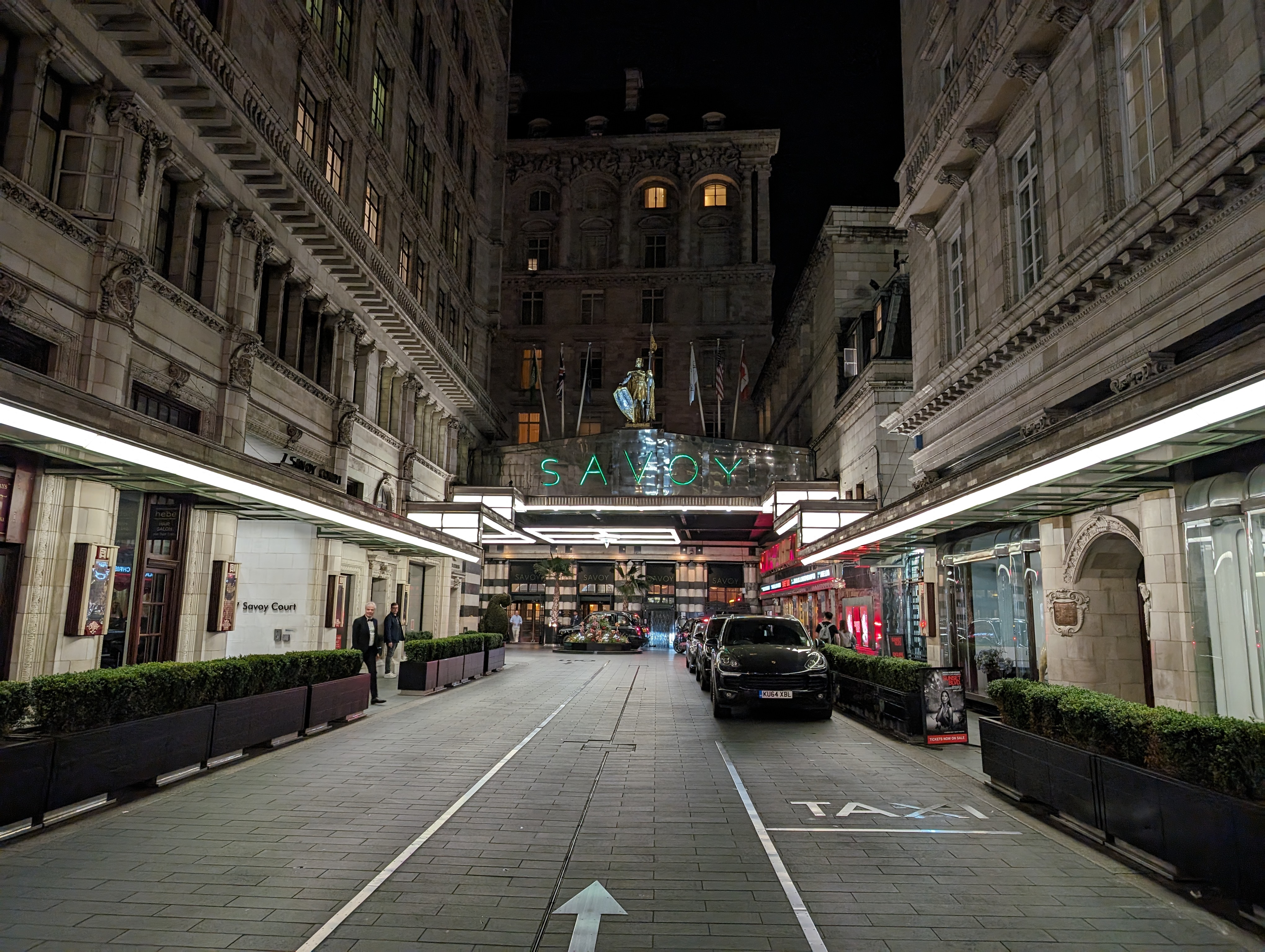
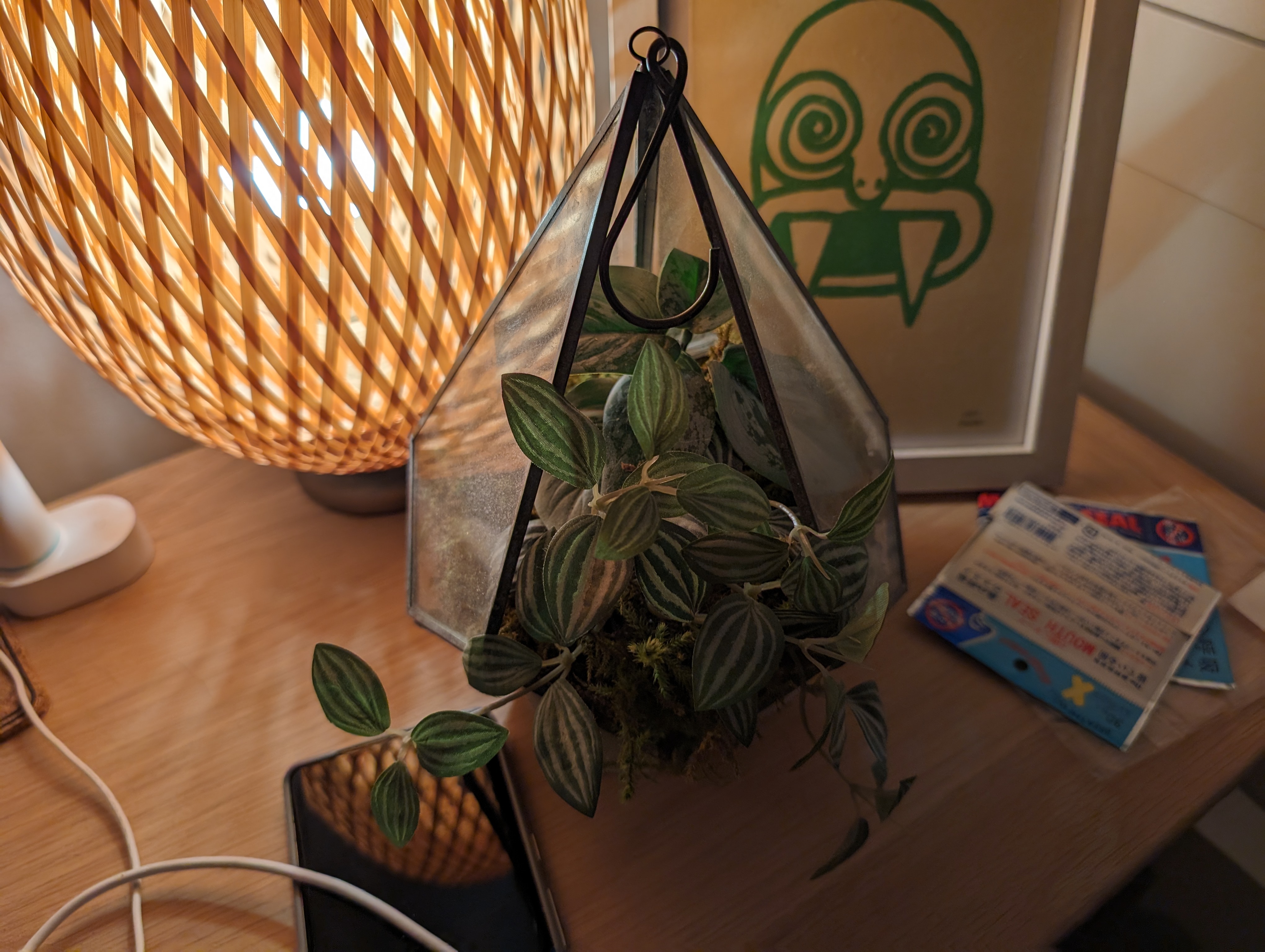

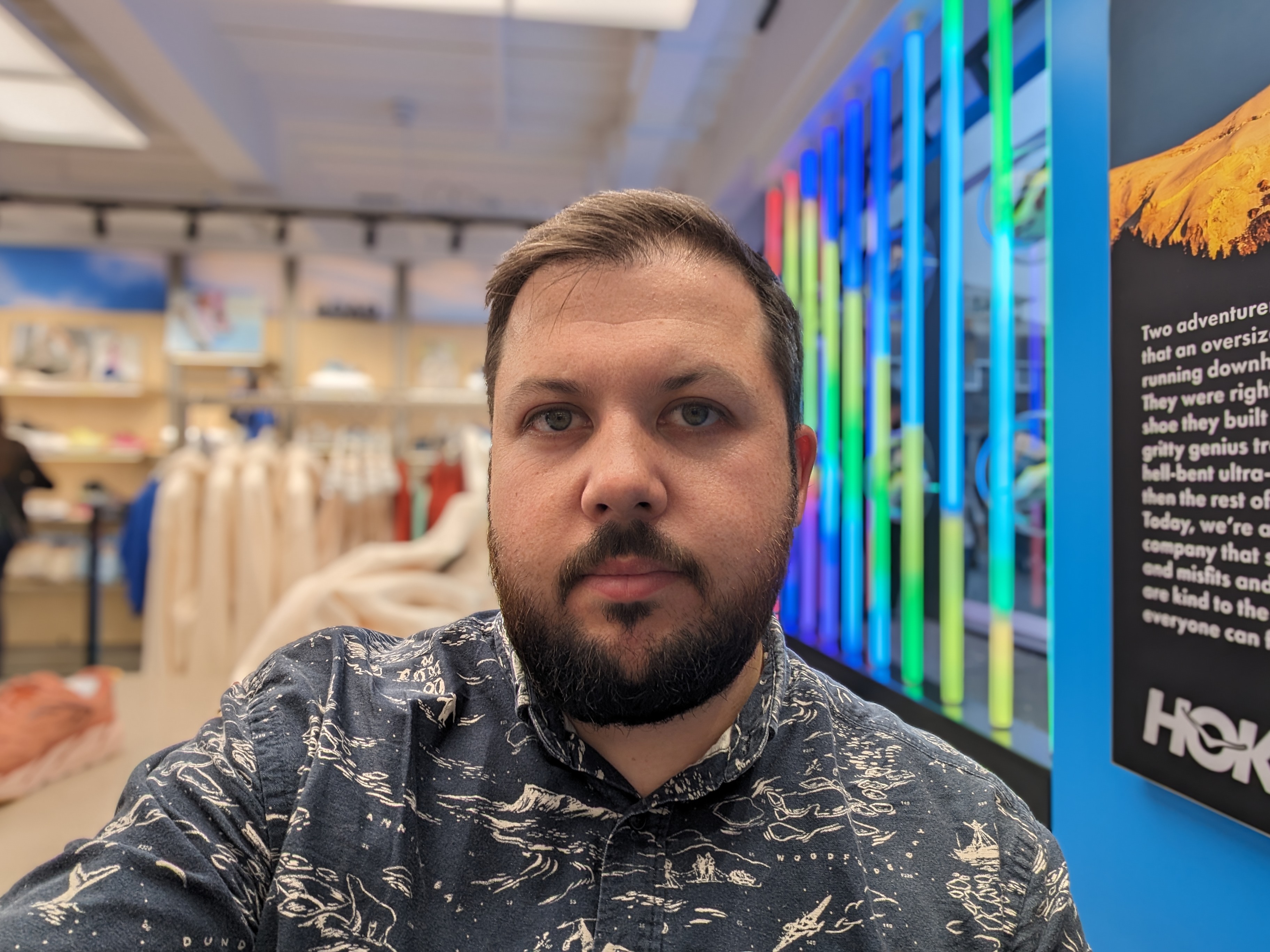
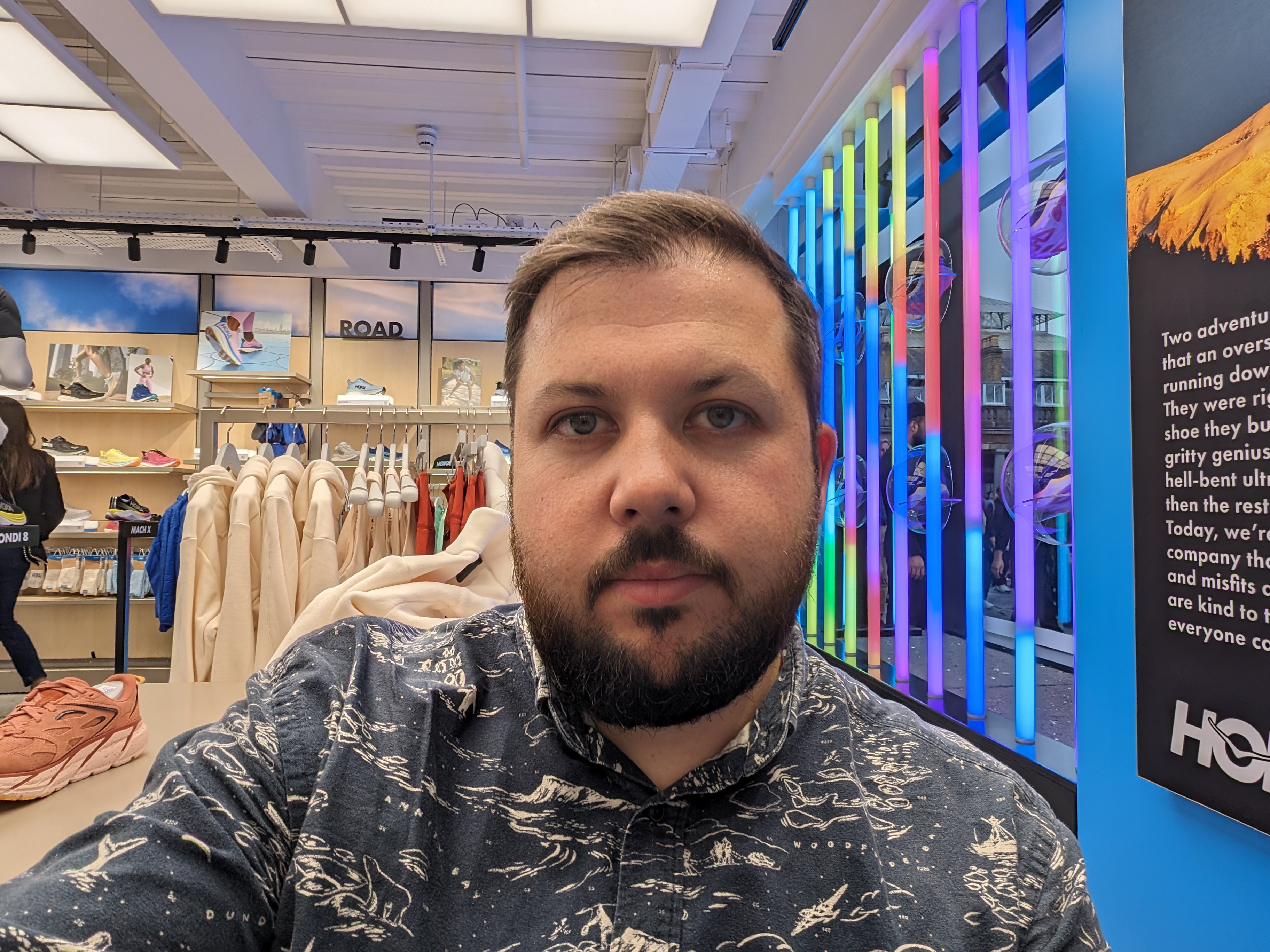
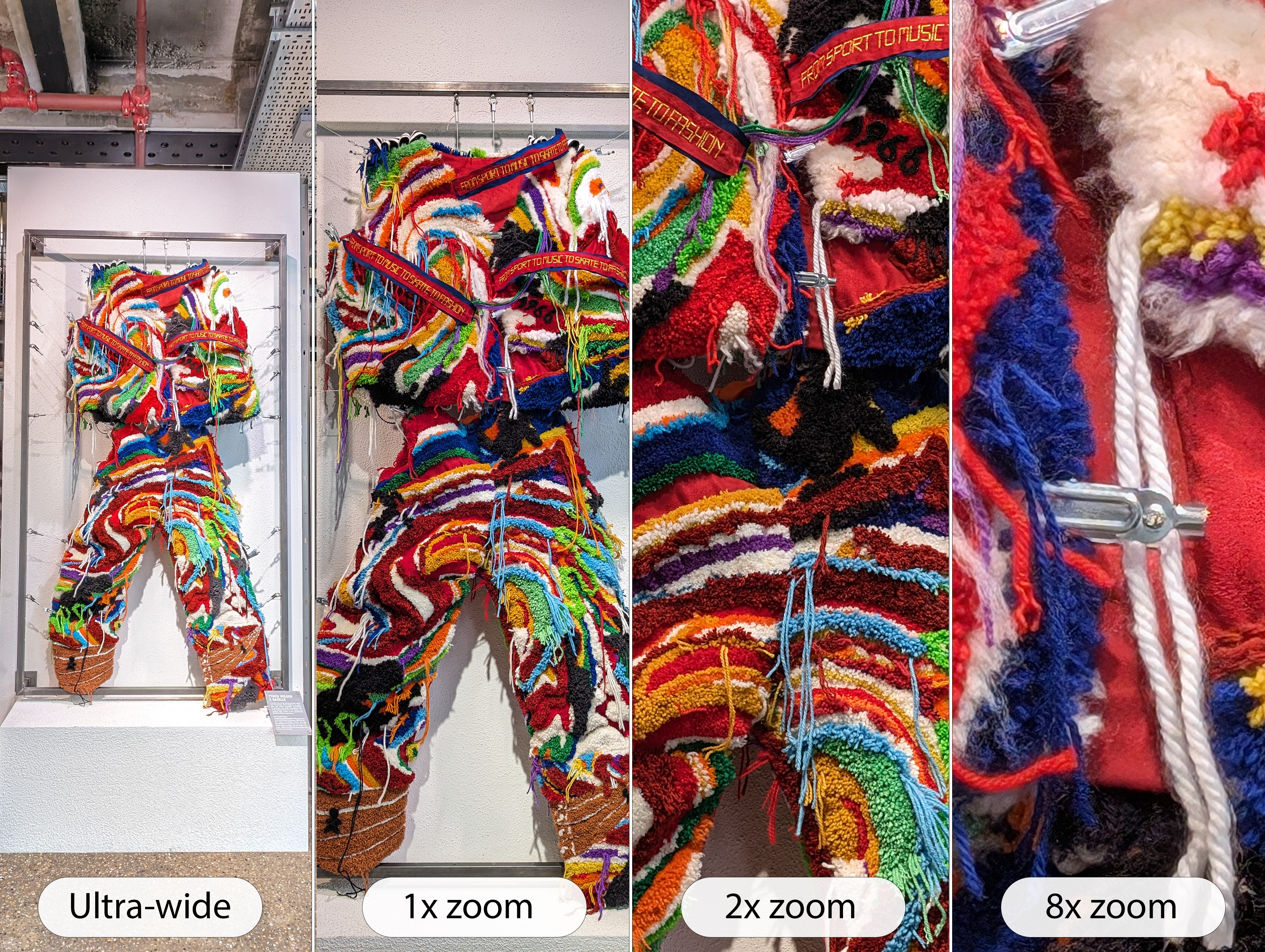
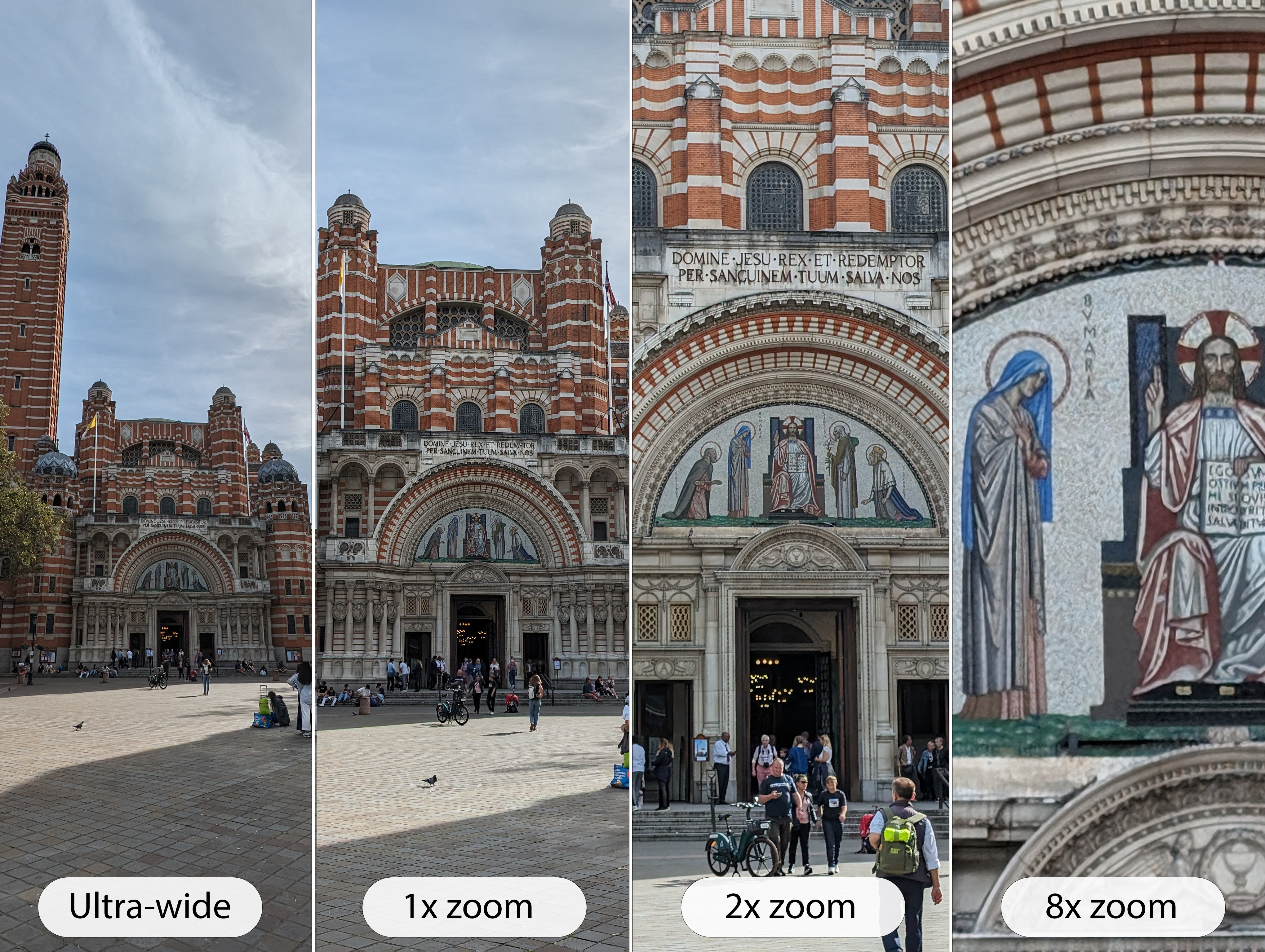
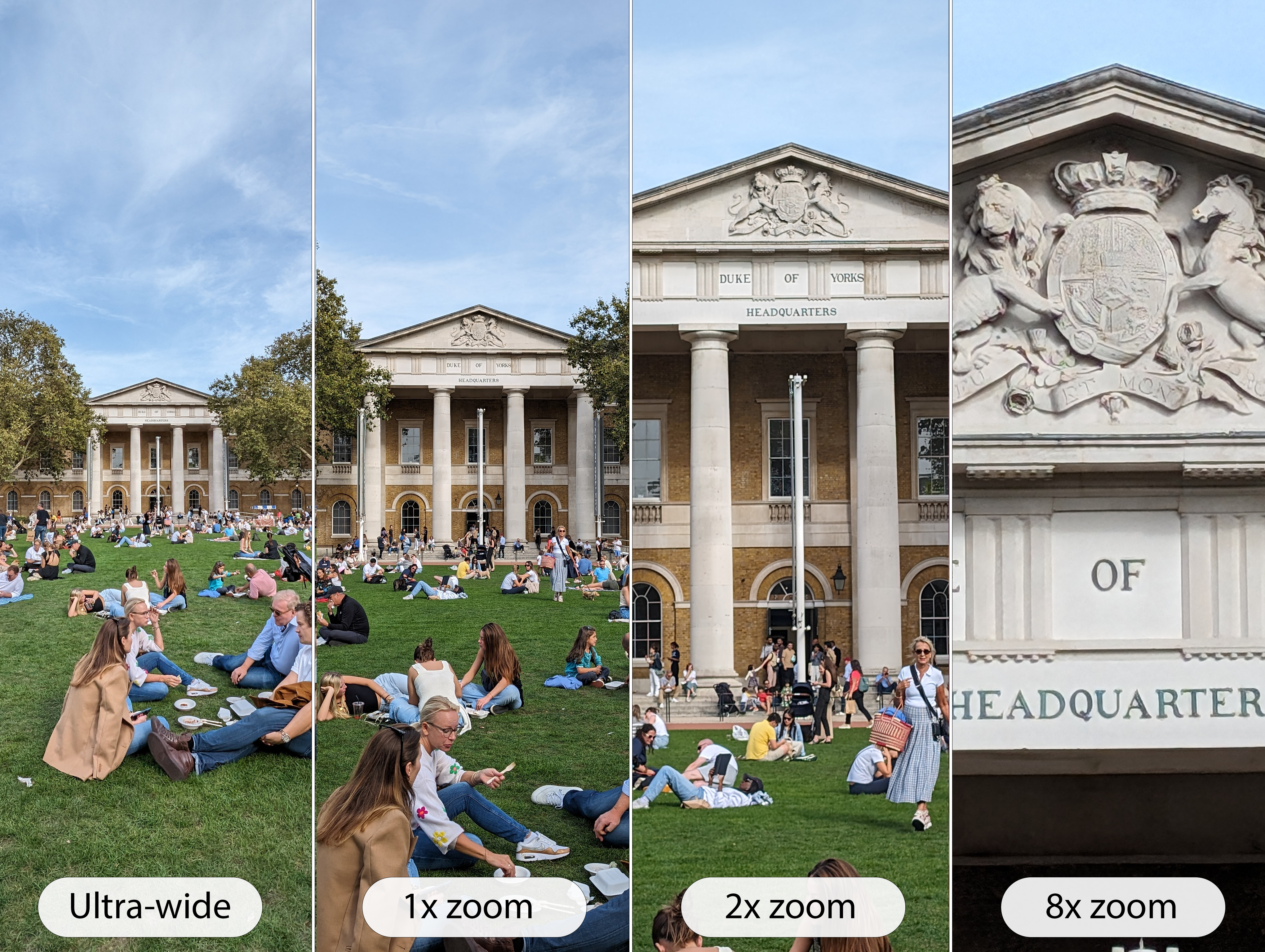

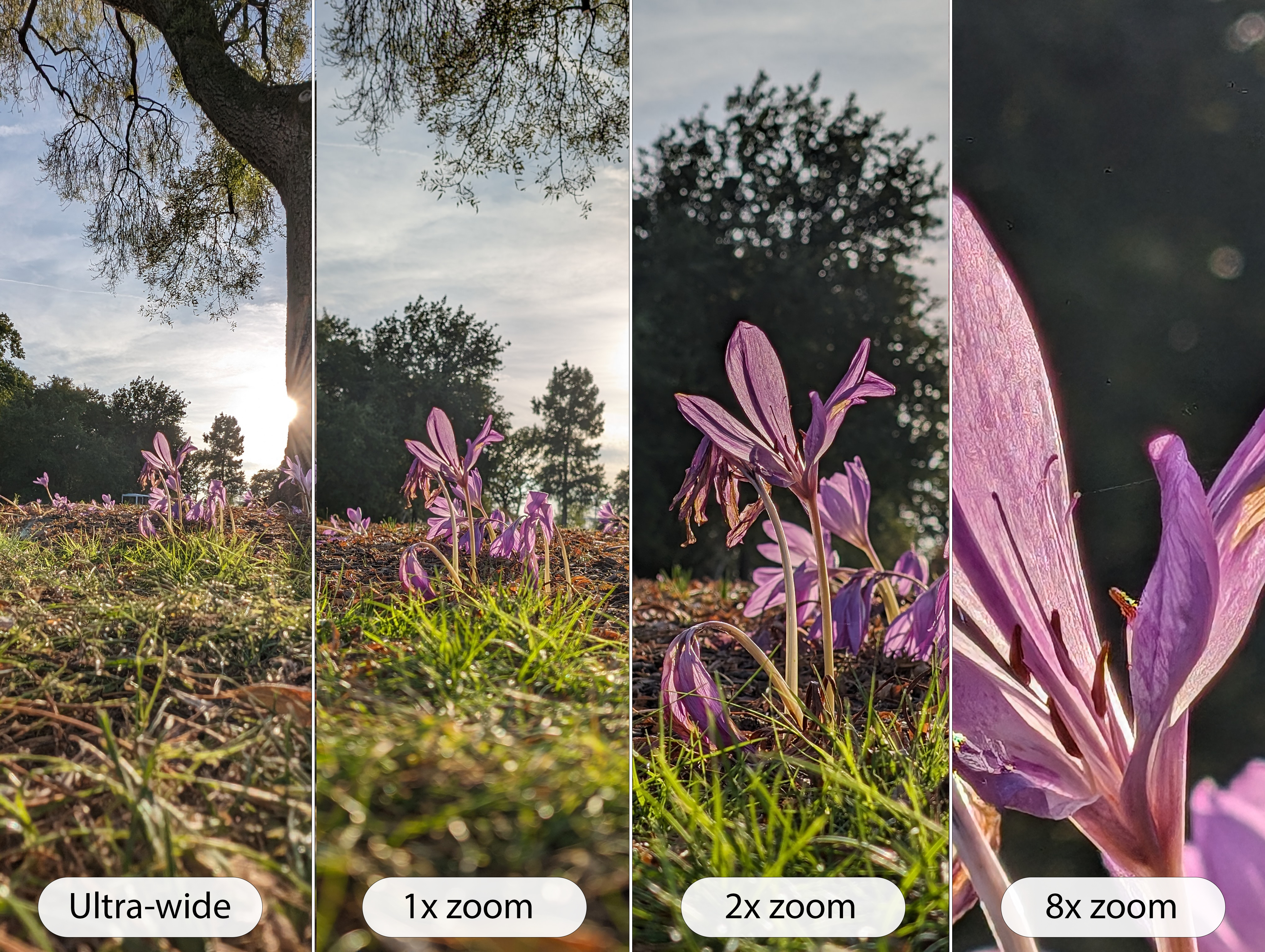
iPhone 15 camera samples
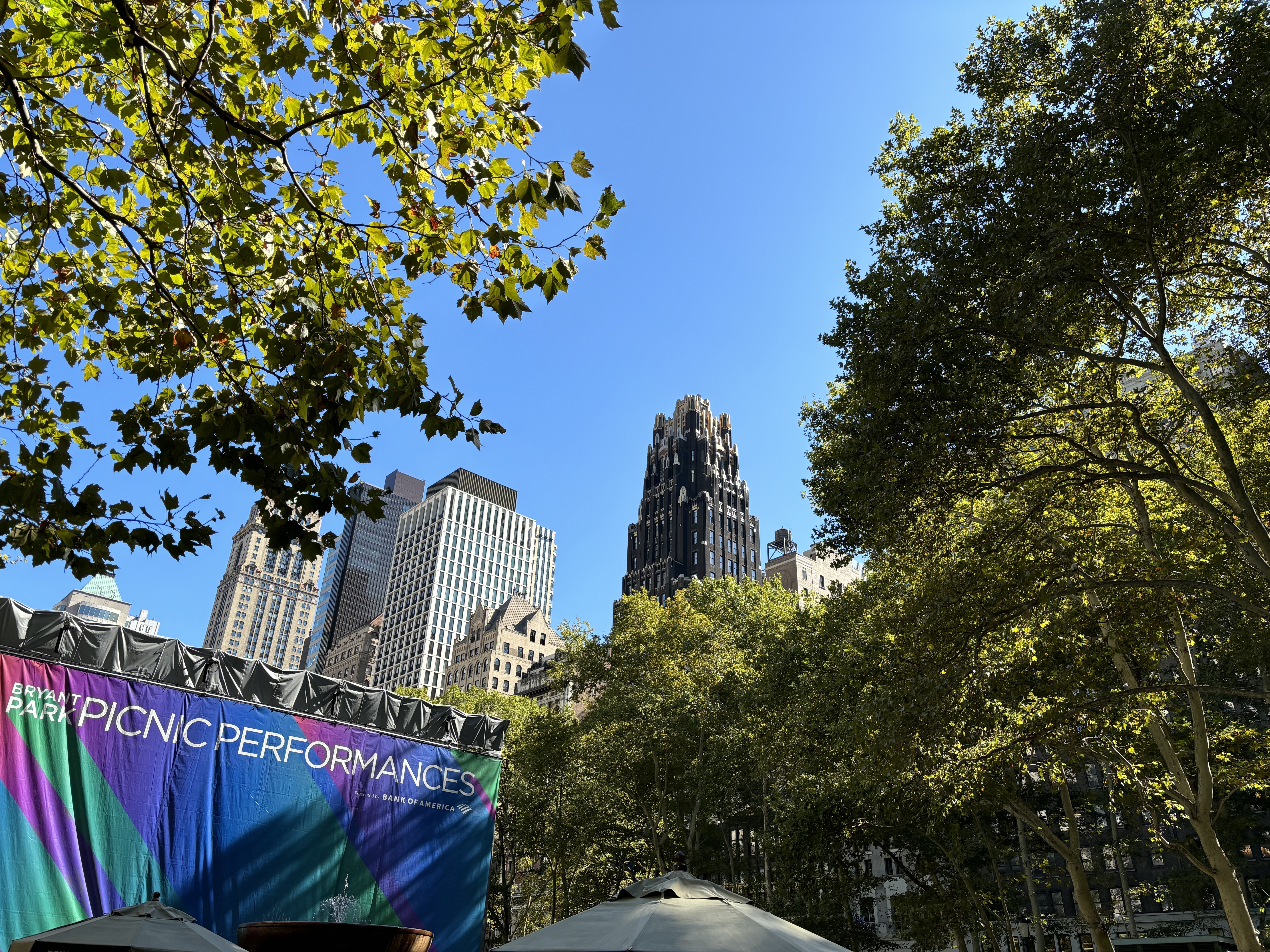


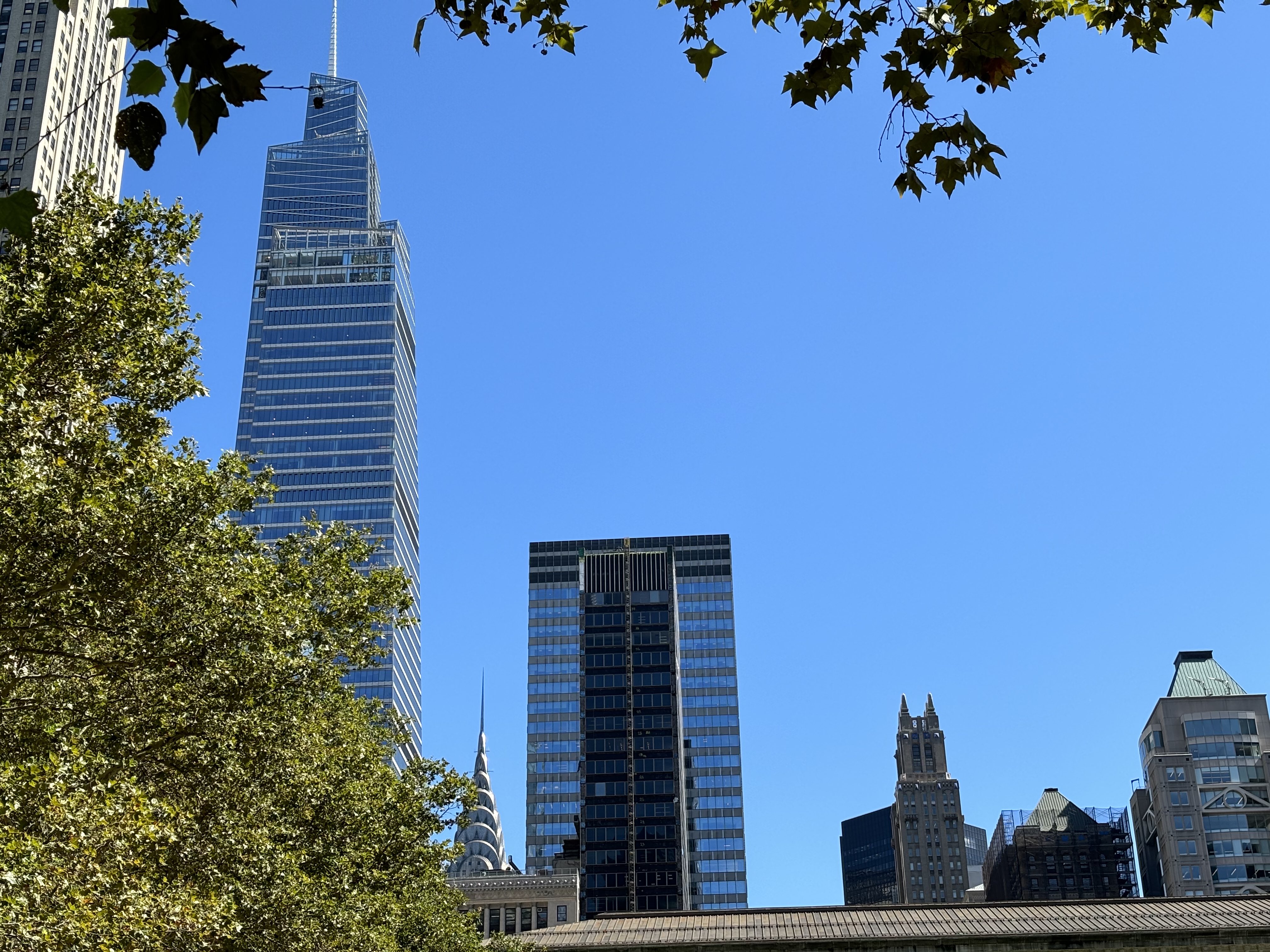
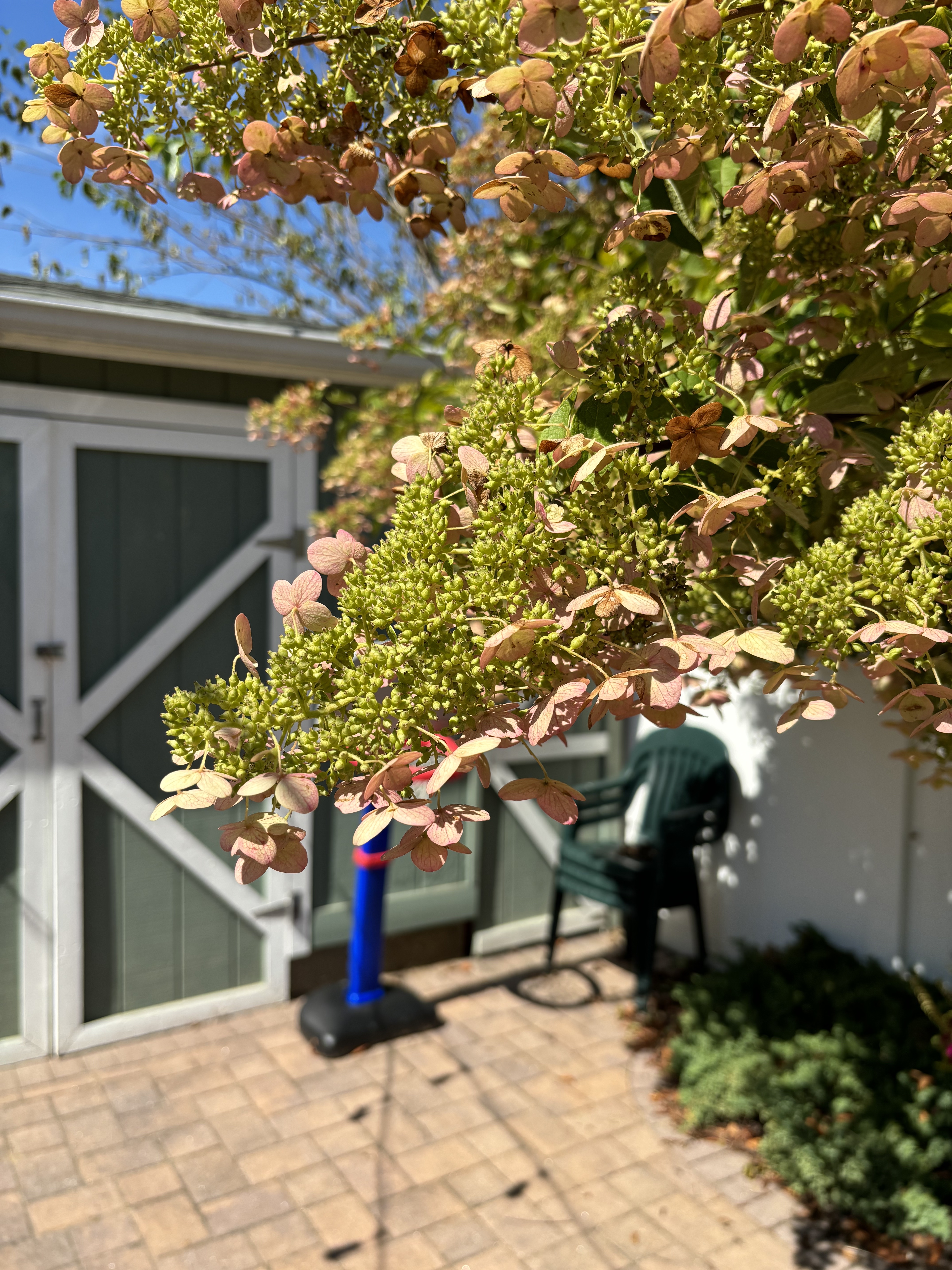
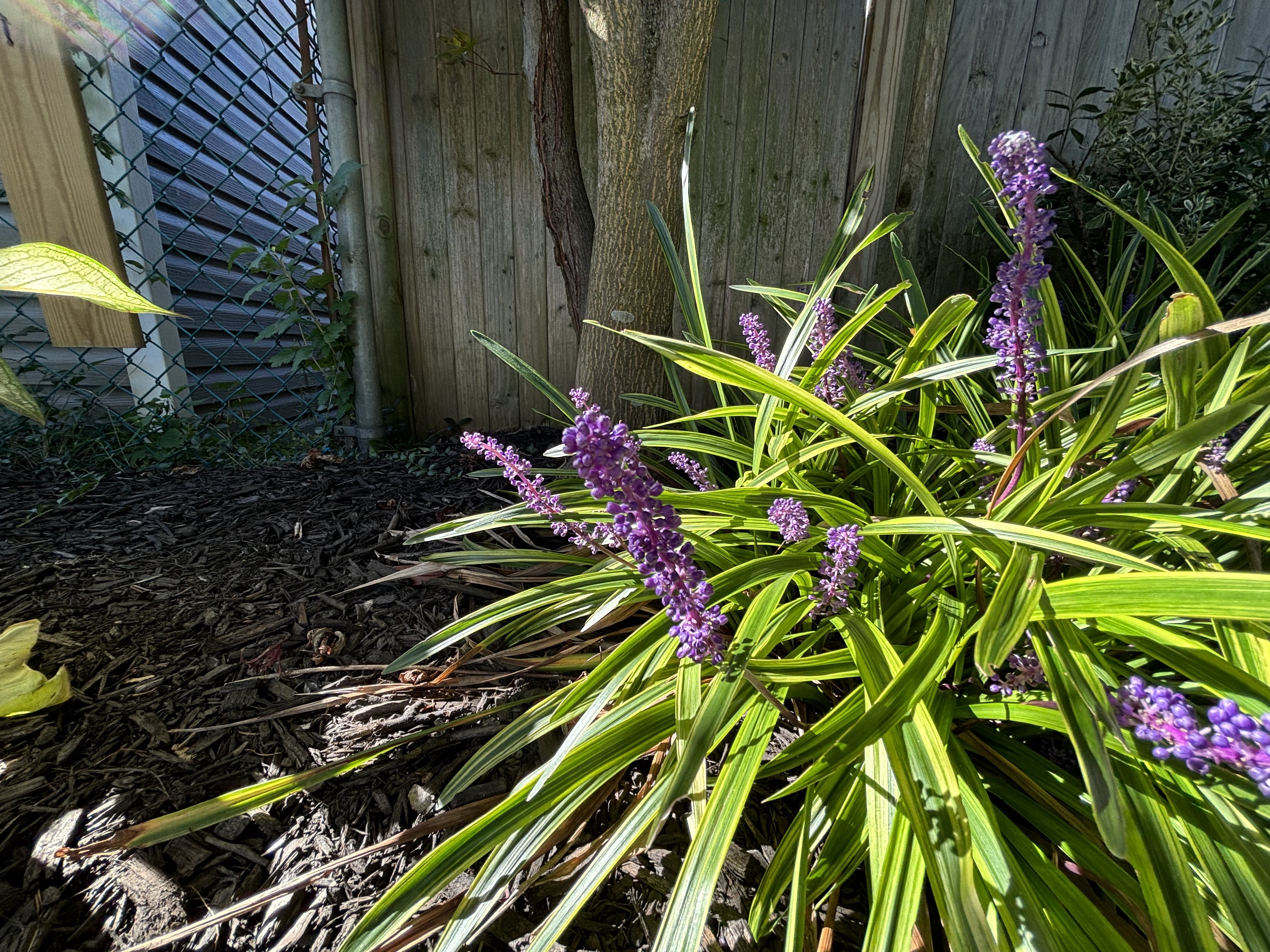
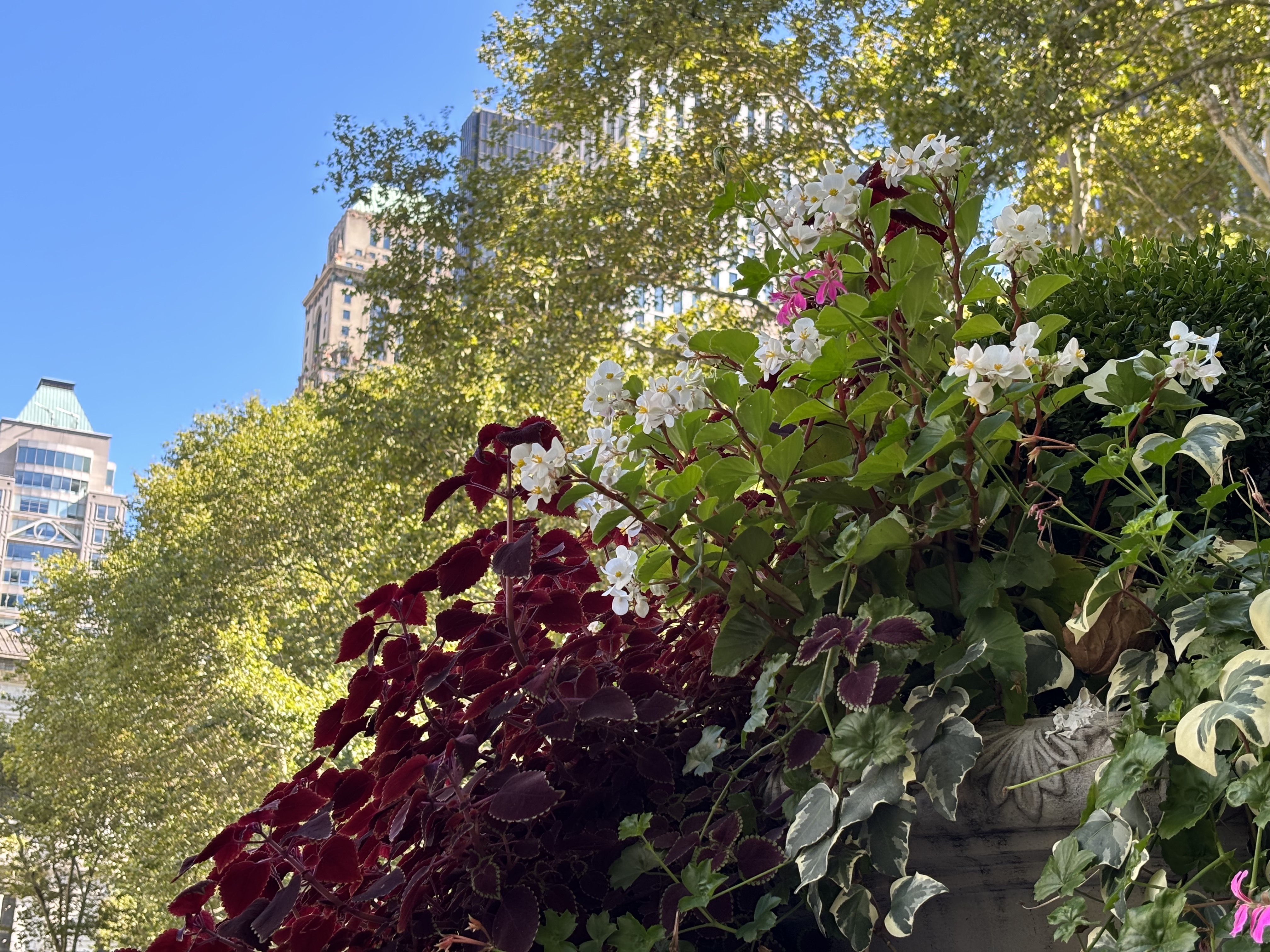
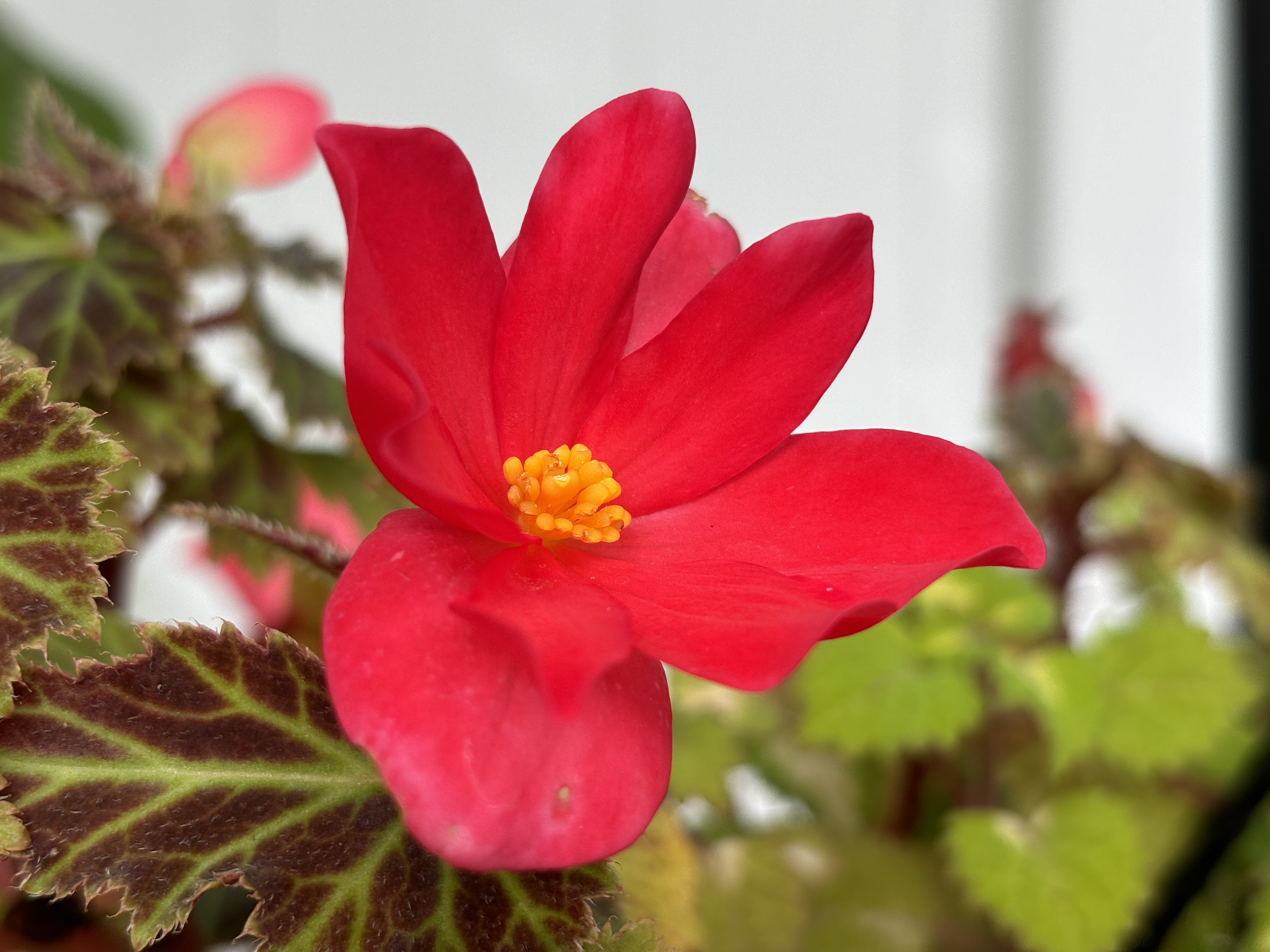




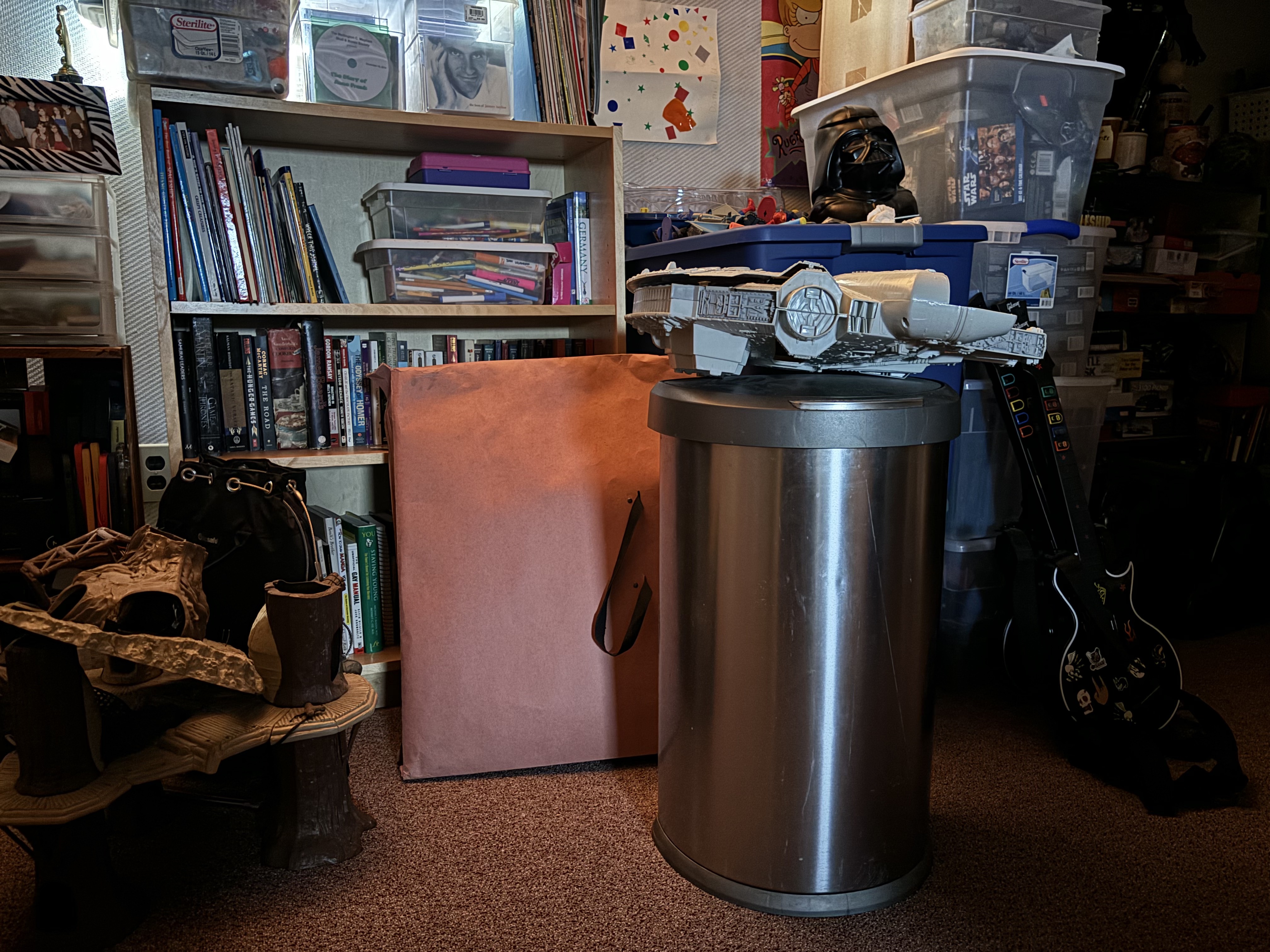
Of course, just as important as any hardware differences is the matter of color science and image processing. Google leans on its AI and machine learning smarts hard, resulting in a camera that captures startlingly clear and contrasty shots in all conditions. Apple fancies itself as being on the side of the photographers, and its iPhone 15 takes more natural ‘as-seen’ snaps.
The Pixel 8 also provides some special tricks after the shot has been taken, including the ability to manipulate reality and get everyone in a group shot smiling at the same time. The improved Magic Eraser tool lets you remove unwanted elements from the background.
Apple’s similarly formidable image processing smarts are more about enhancing the moment. It has adopted 24MP images as the new norm, meaning more detail than the 12.5MP shots of the Pixel 8. It also supplies a choice of three basic focal lengths for the main sensor without losing any appreciable amount of detail, and it doesn’t require you to select Portrait mode when shooting human or pet subjects
Google Pixel 8 vs iPhone 15: performance and software
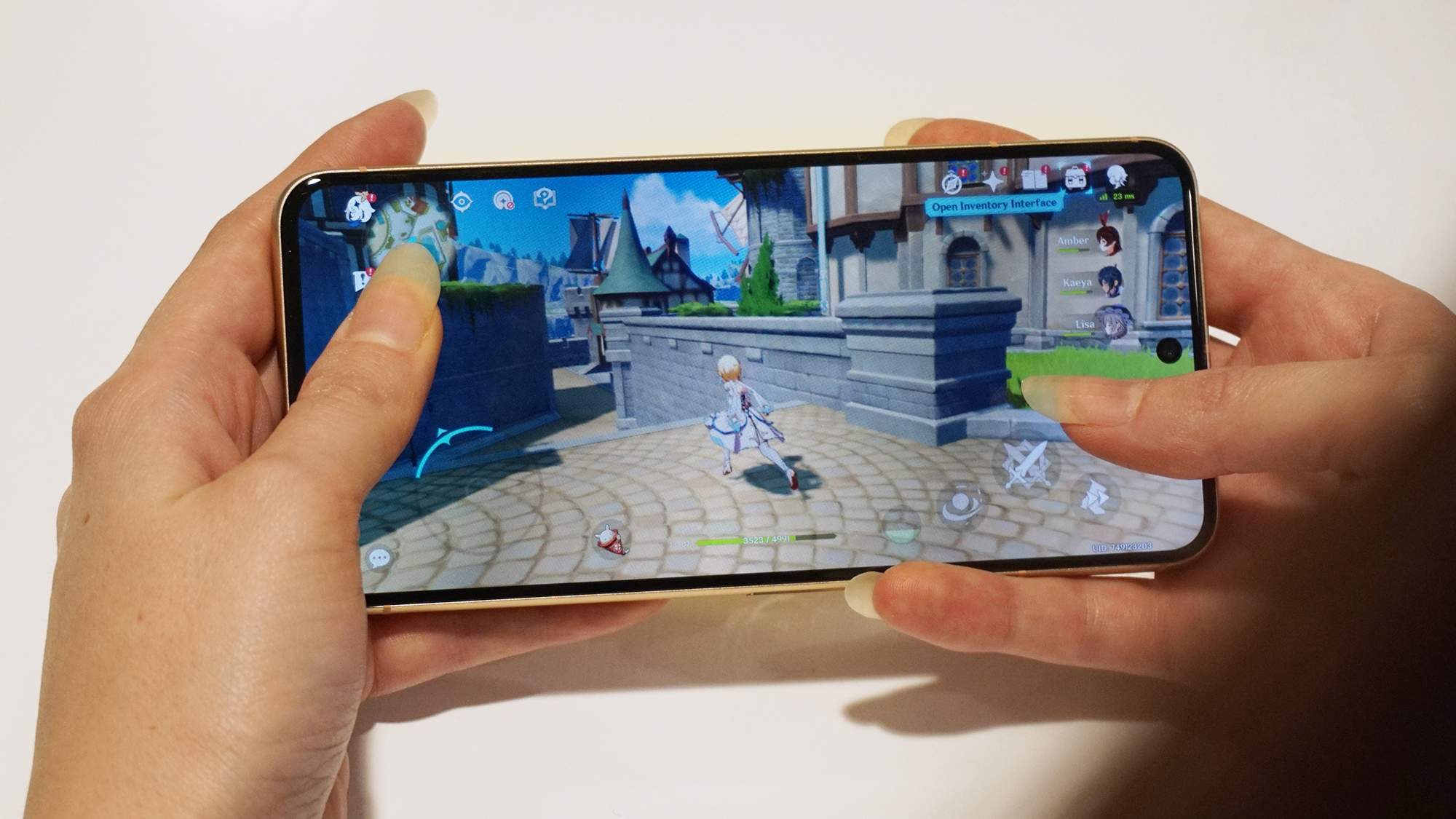
Both phones run on home-brewed chips, but the iPhone 15 is technically running on year-old technology – having adopted its Apple A16 Bionic chip from the iPhone 14 Pro. The Pixel 8, on the other hand, runs on the brand new Google Tensor G3, just as you'd find on the pricier Pixel 8 Pro.
So, that’s a win for the G-team, right? Wrong. Apple has such a head-start in the mobile processor game, and Google is such a laggard, that the iPhone 15 obliterates the Pixel 8 by most if not all benchmarking metrics.
In practical terms, both phones feel nice and fluid, and the Pixel 8 might even feel smoother in general navigation, thanks to that 120Hz display. The Tensor G3 isn’t a top performer, but it’s more than enough to handle everyday tasks with ample snap.
Where you’ll notice the difference is in high-end 3D gaming, where the iPhone 15 will run the top games more smoothly and consistently on high graphical settings.
While the iPhone 15 dominates its rival in CPU and GPU terms, Google is all about the AI. You might not get the absolute best Genshin Impact experience on the Pixel 8, but it can do things like real-time transcription in calls, uncannily speedy voice typing, and those image editing tricks we mentioned above.
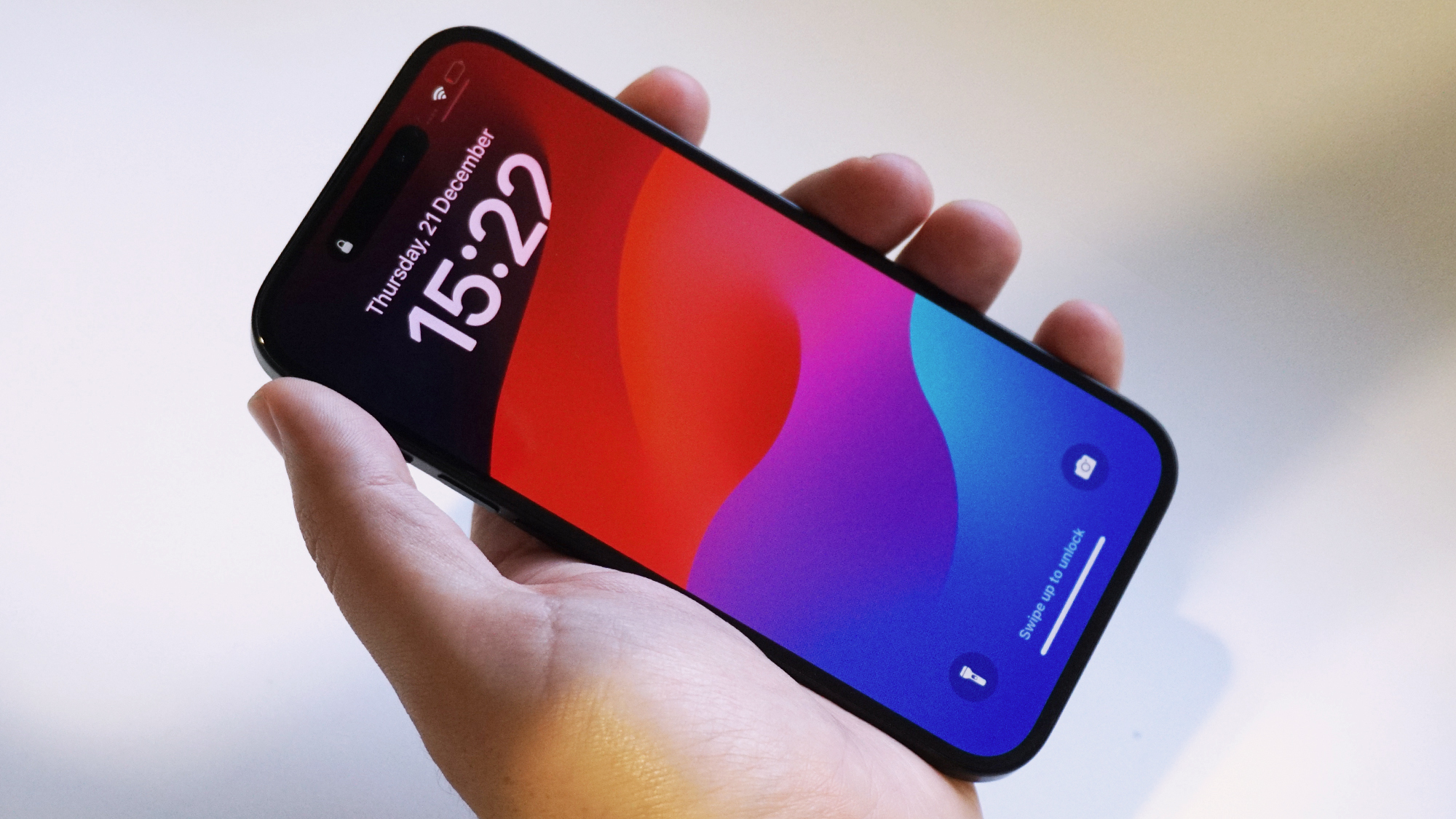
Let's face it, though – for all the hardware comparisons we’re making here, your choice of which phone you buy will likely come down to the software. If you’re already heavily invested in Apple’s ecosystem, whether through app purchases or other iOS/iPadOS/MacOS devices, you’re going to likely stick with the iPhone 15, and the reverse is true with Android and the Pixel 8.
With that in mind, we won’t render judgement on which platform is best, suffice to say that these are two clean, crisp, attractive operating systems that have helped sharpen one another over the years. Pro models aside, these phones present Android and iOS at their absolute best.
As an interesting aside, Google’s recent adoption of a seven-year update promise means that the Pixel 8 is technically even more future-proof than the iPhone 15. However, we have first-hand experience of Apple supporting its iPhone models well for five years, so we’ll reserve judgement on Google’s bold promise for now.
Google Pixel 8 vs iPhone 15: battery
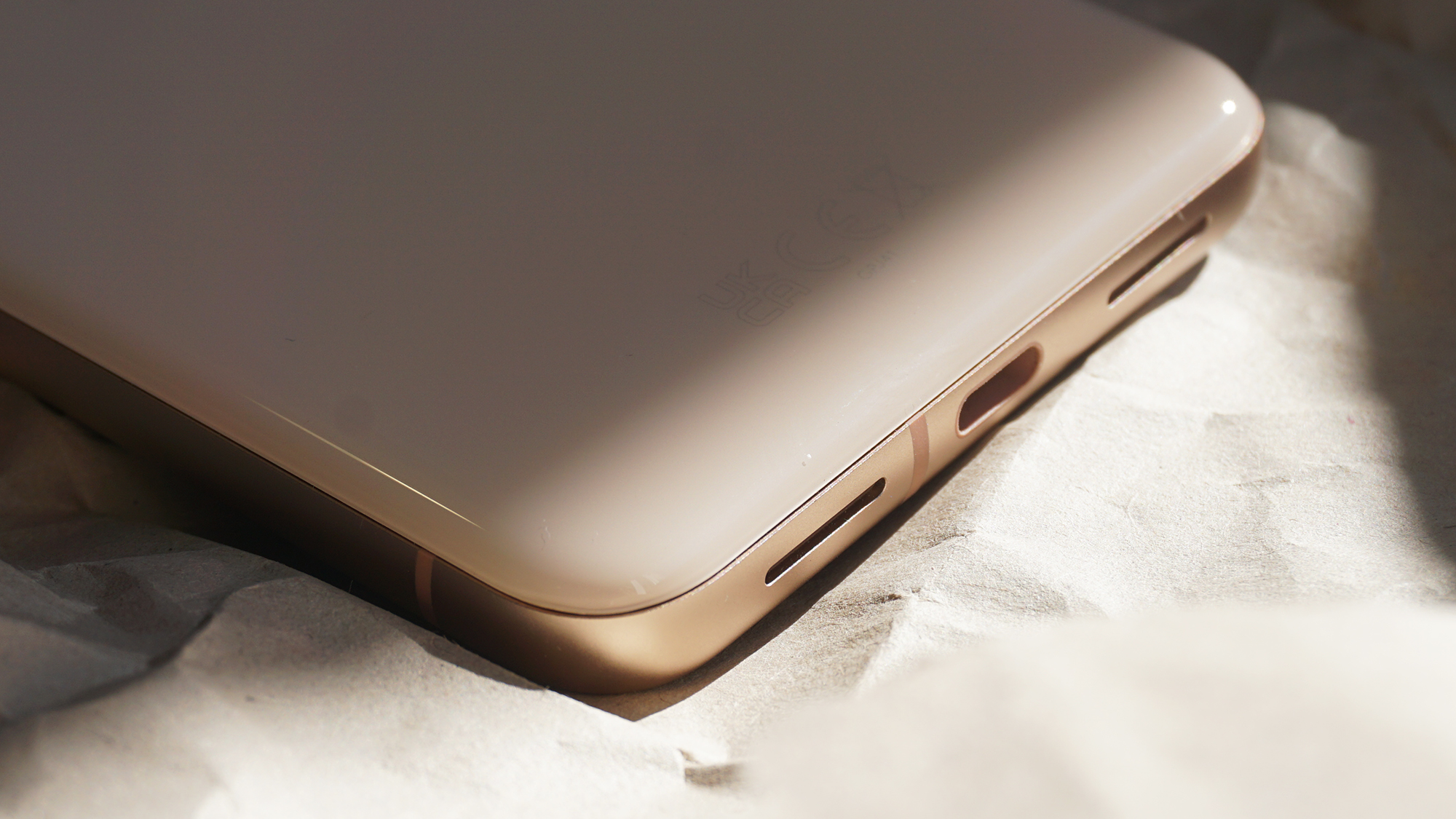
On paper, the Pixel 8 would appear set to dominate this section, with a 4,575mAh battery that dwarfs the iPhone 15’s seemingly paltry 3,349mAh cell.
In practice, however, Apple’s iOS is famously frugal compared to Android, so it doesn’t result in a particularly noticeable stamina advantage for the Pixel 8. Both of these phones will get you through a full day of intensive usage without giving out, which is really all most people will need, although Apple actually has the edge here.
When it comes to recharging, neither phone is the snappiest on the market. The Pixel 8 supports a top wired charging rate of 27W, while the iPhone peaks at 20W.
You’ll be able to get both phones from empty to half-full in 30 minutes of charging using the appropriate official charger – neither of which is bundled in with their respective phones, it should be added.
The Pixel 8 will support up to 18W wireless charging, with the second-generation Pixel Stand (also sold separately) or 12W with a generic Qi charger. The iPhone 15 can support 15W wireless charging with a dedicated MagSafe charger (also sold separately), or 7.5W Qi charging.
Google Pixel 8 vs iPhone 15: verdict
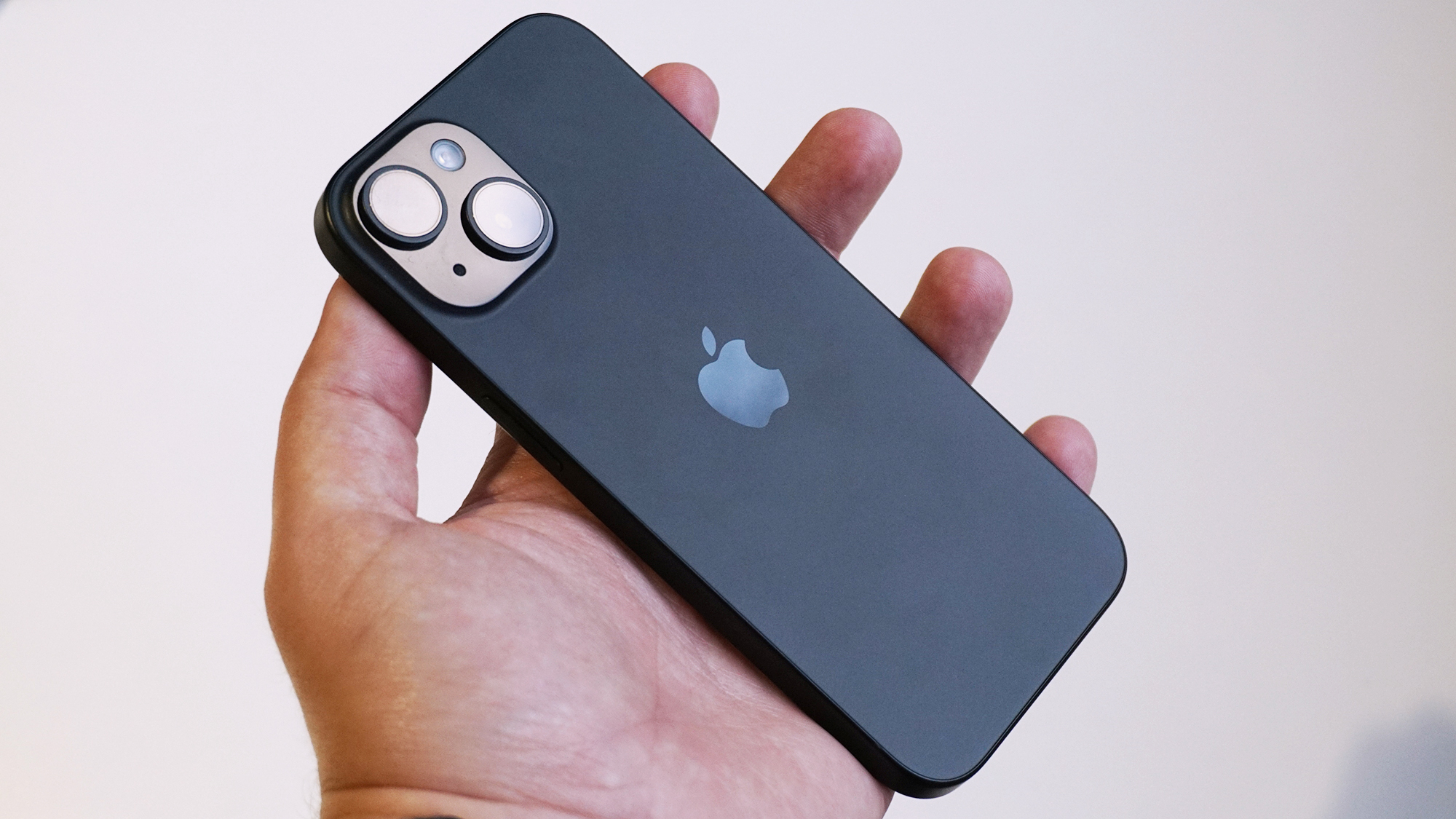
The compact Google Pixel 8 and the iPhone 15 are two of the best phones on the market. Both offer premium designs, strong performance, excellent cameras, all-day battery life, and clean software.
Technically speaking, we scored the iPhone 15 slightly higher in our review. There’s only one area where there’s a huge advantage here, and it’s the iPhone’s performance headroom. Even then, the Pixel 8 strikes back with a more fluid display and a cheaper price tag.
With those trifling matters aside aside, you’re getting a broadly equivalent experience between the two. Ultimately, your decision should really come down to which platform you prefer or are already invested in: Android or iOS? With that established, you really can’t go wrong.







